Physical Sciences & Mathematics
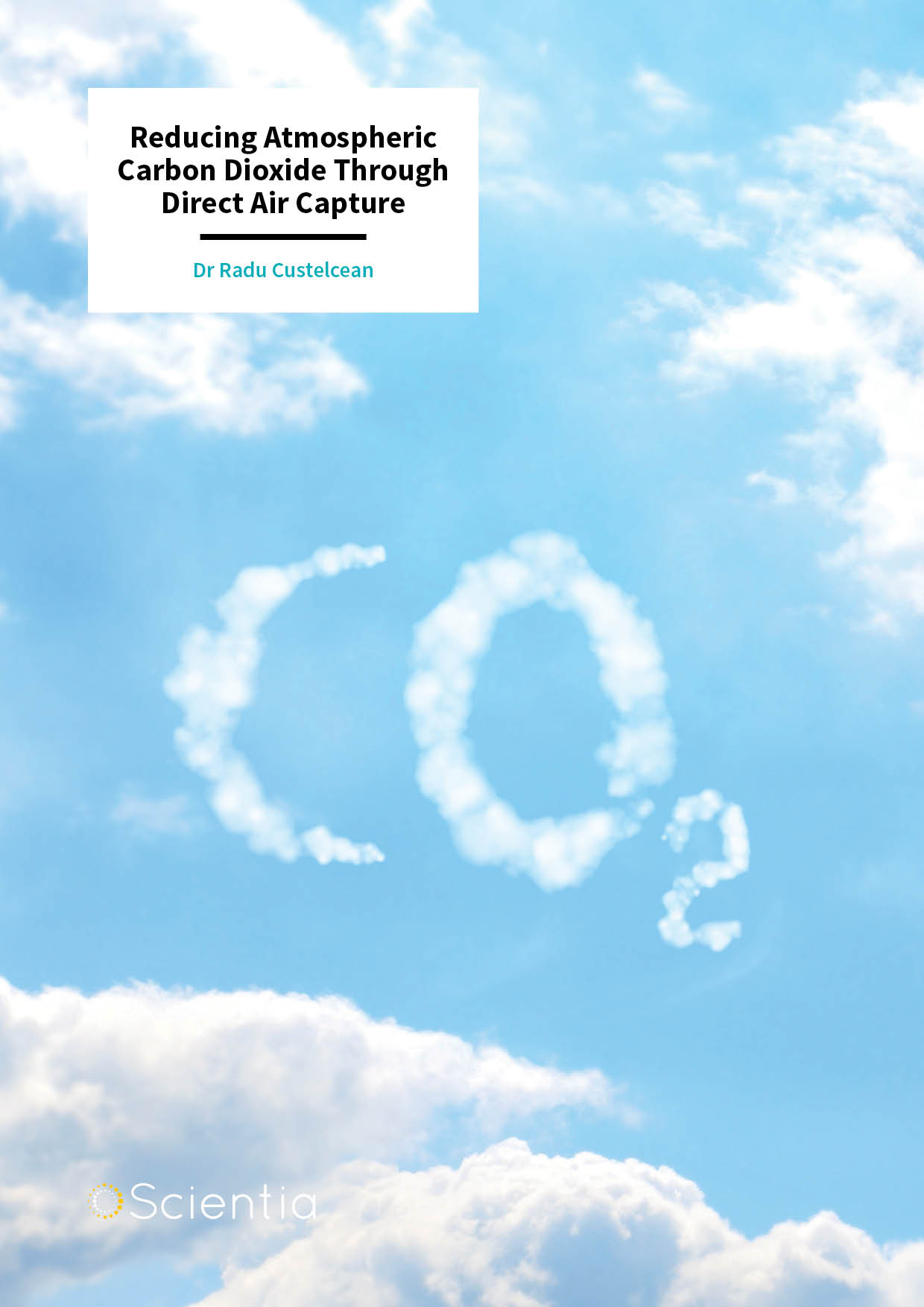
Dr Radu Custelcean – Reducing Atmospheric Carbon Dioxide Through Direct Air Capture
Climate change is mostly the result of elevated carbon dioxide emissions. Over the past two decades, research groups have been searching for new technologies that capture carbon dioxide from the atmosphere as an effective way of reversing climate change. Dr Radu Custelcean and his colleagues at the Oak Ridge National Laboratory in the US specialise in this endeavour. The team is developing novel materials and methods that filter carbon dioxide out of the air in an energy-efficient manner.
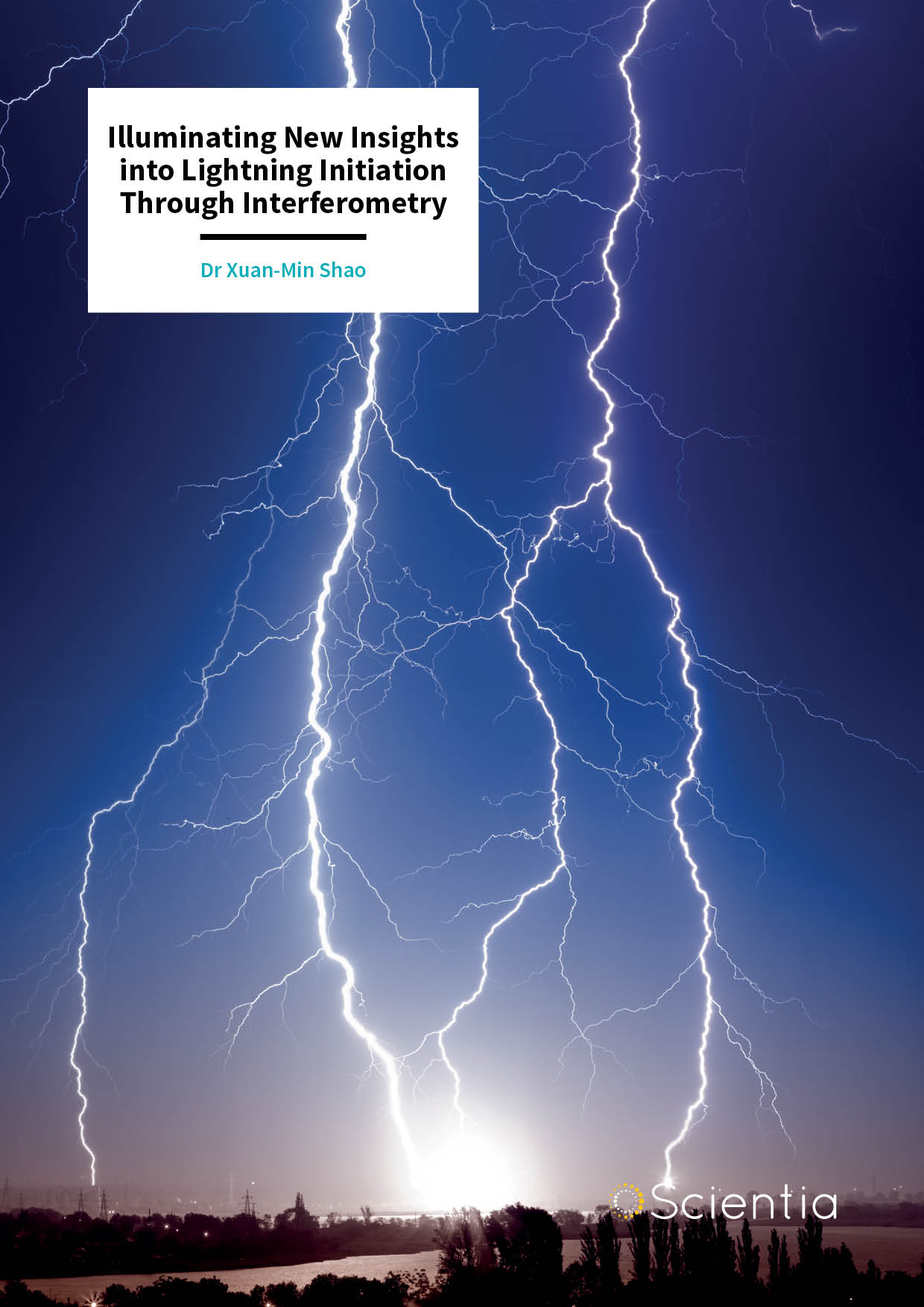
Dr Xuan-Min Shao – Illuminating New Insights into Lightning Initiation Through Interferometry
Radio frequency inteferometric lightning maps are important tools for researchers exploring the electrical processes that unfold within storm clouds. Dr Xuan-Min Shao and colleagues at Los Alamos National Laboratory in New Mexico, who first introduced broadband interferometry to lightning research over two decades ago, have now developed an advanced ‘beam steering’ interferometry technique to significantly improve the accuracy of lightning mapping. This approach, together with their recently developed polarisation detection technique, has begun to reveal new physics involved in lightning discharges. Their recent work shows how lightning initiation, which has been poorly understood until now, may be linked to high-energy cosmic particles entering Earth’s atmosphere.
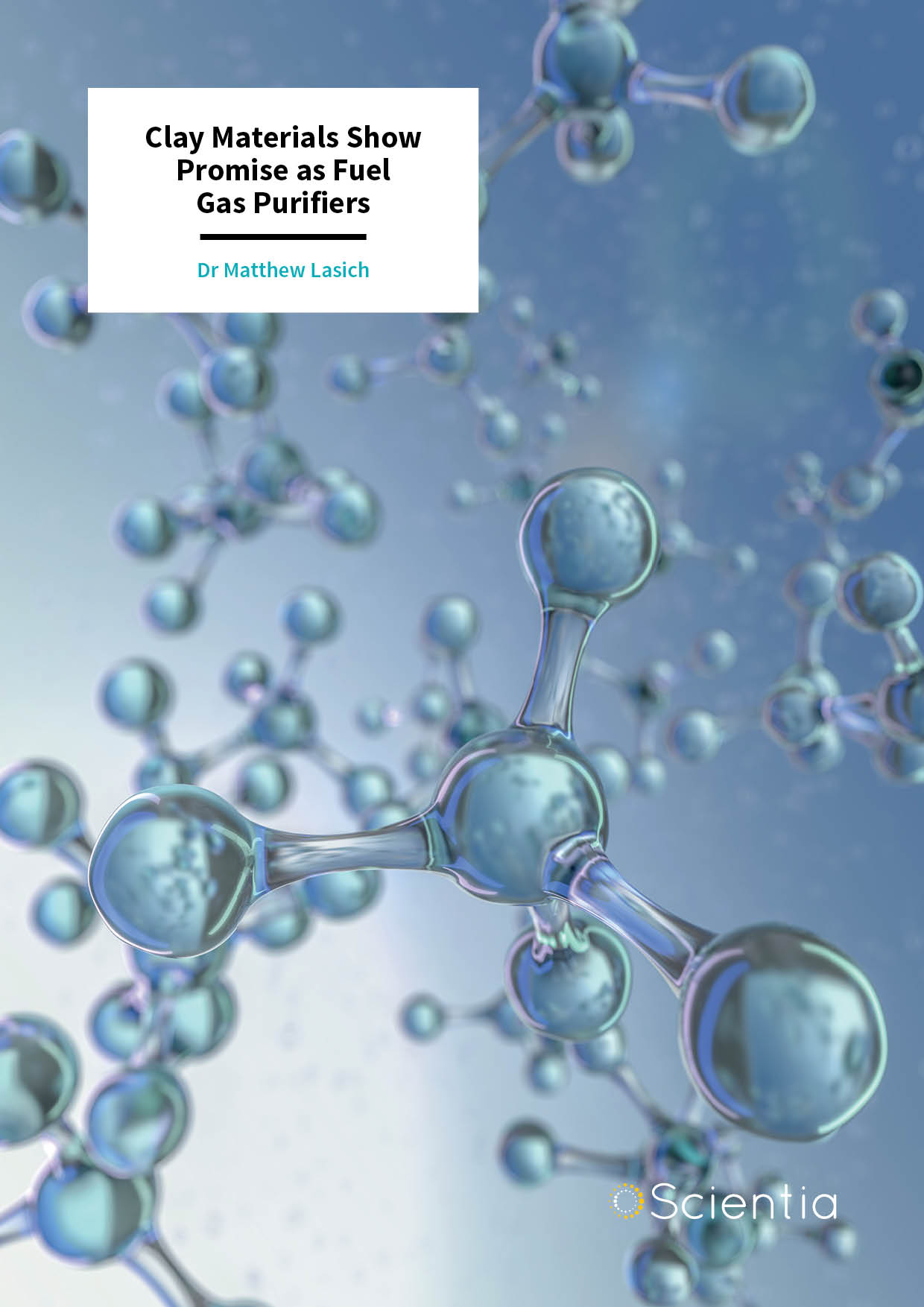
Dr Matthew Lasich – Clay Materials Show Promise as Fuel Gas Purifiers
Finding new and improved methods for purifying fuel gases, to both improve their efficiency and reduce their environmental impact, is an active area of research. Dr Matthew Lasich at Mangosuthu University of Technology in South Africa has been utilising computational modelling to discover how clay-based materials can increase the efficiency of fuel gas derived from wood and also reduce the amount of hydrogen sulphide found in natural and landfill gas.
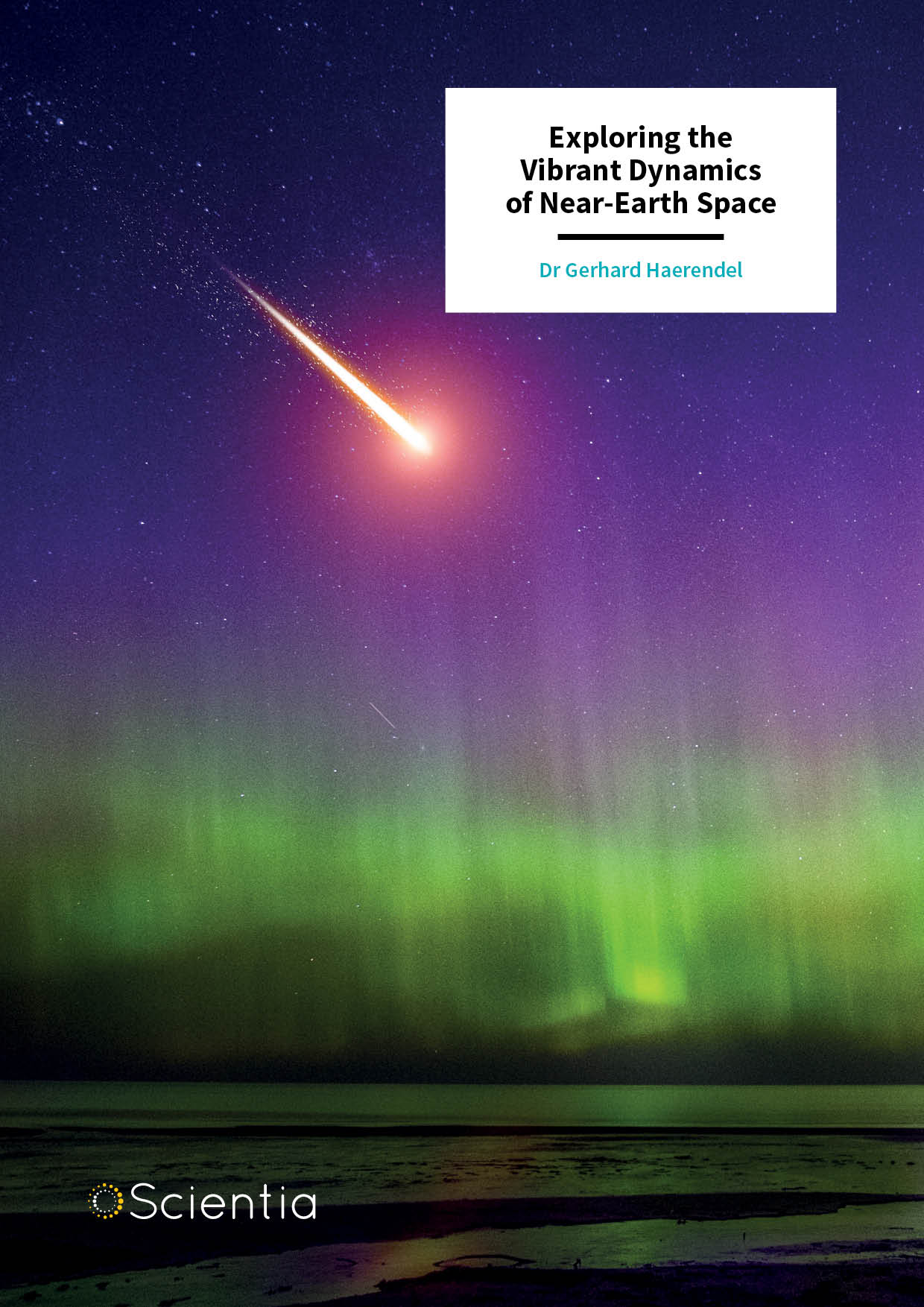
Dr Gerhard Haerendel – Exploring the Vibrant Dynamics of Near-Earth Space
The region of space in which Earth’s magnetic field interacts with flowing charged particles is home to a rich array of physical processes – but studying them is no easy task. Through a career spanning over 50 years, Dr Gerhard Haerendel at the Max Planck Institute for extraterrestrial physics has carried out world-leading research into these processes. His discoveries have now led to ground-breaking insights in the field of plasma physics – including explanations of striking arcs in the aurora, the discovery of characteristic prominences on the Sun’s surface, and analysis of artificial comets seeded directly into space.
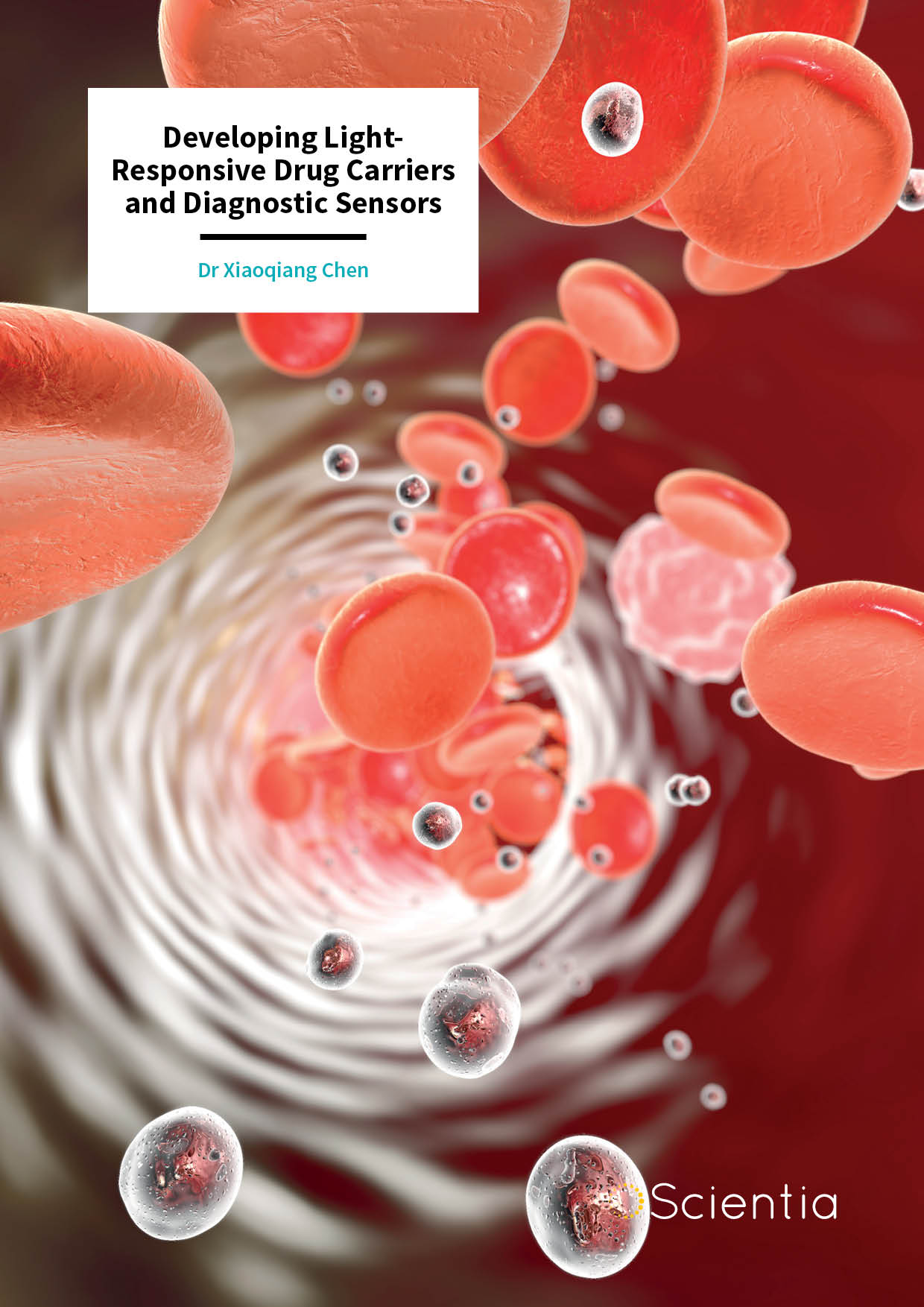
Xiaoqiang Chen
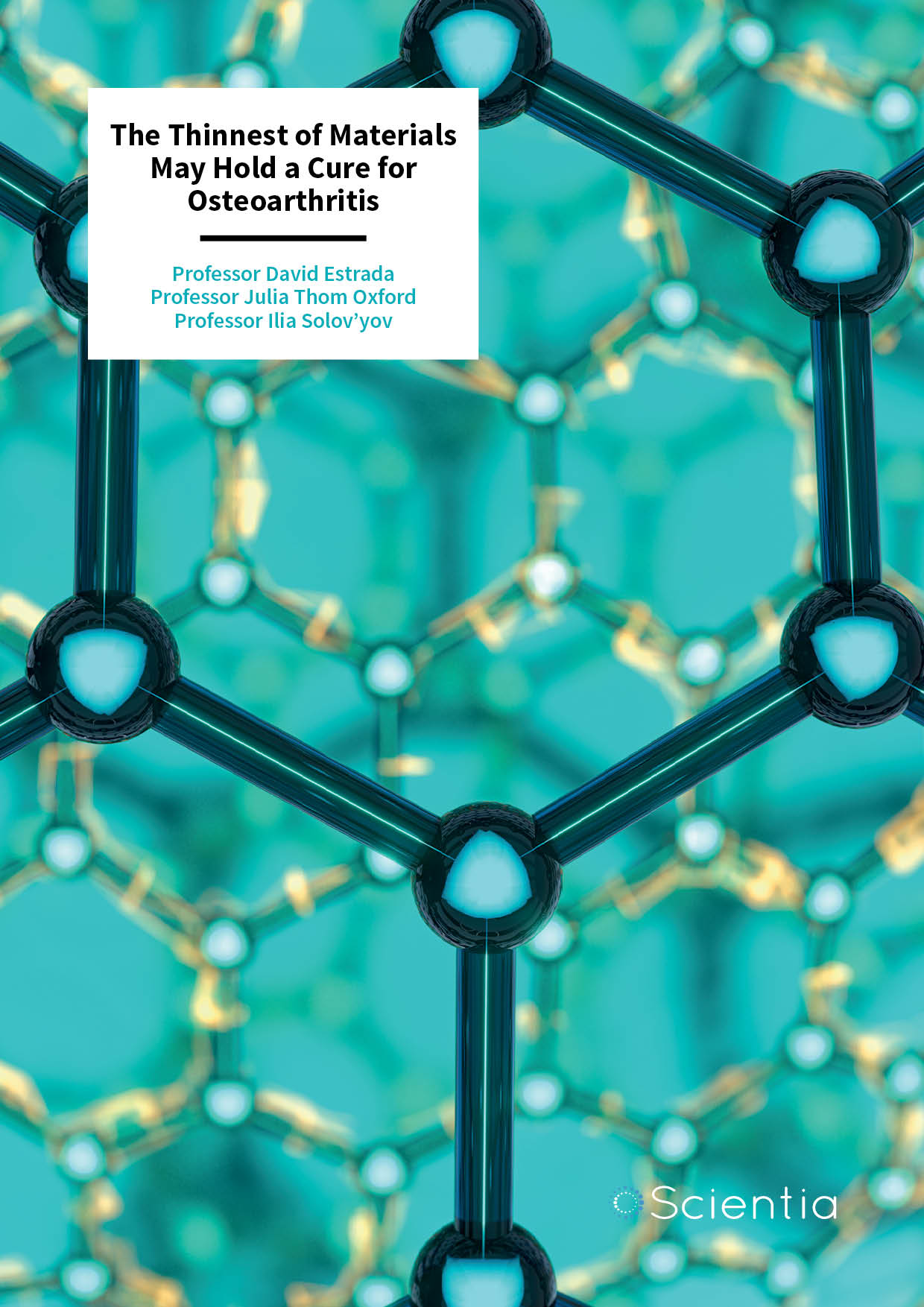
The Thinnest of Materials May Hold a Cure for Osteoarthritis
Since the turn of the century, a myriad of exciting applications for graphene have emerged. Amongst the most exciting might be its use as a scaffold for promoting tissue growth in the treatment of various medical conditions, including osteoarthritis. Researchers at Boise State University in the USA and Carl von Ossietzky University of Oldenburg in Germany are gaining a greater understanding of the interactions between graphene and cells, towards the development of implantable graphene-based devices that can rebuild damaged tissue.
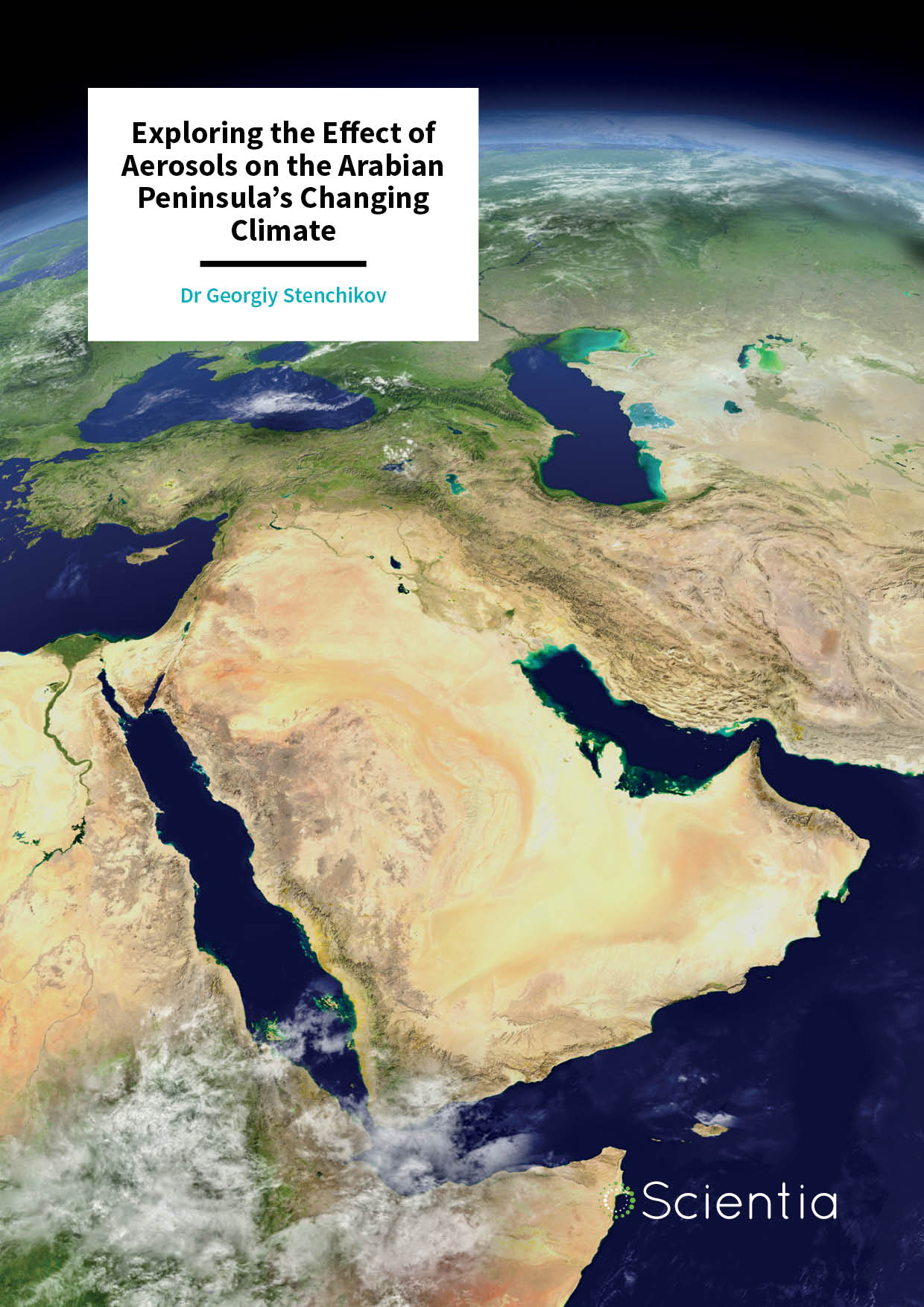
Dr Georgiy Stenchikov – Exploring the Effect of Aerosols on the Arabian Peninsula’s Changing Climate
Today, the Arabian Peninsula already faces a more daunting array of environmental challenges than most other regions on Earth. Yet as the climate changes, it is now expected to feel these adverse effects even more strongly in the coming decades. Using the latest modelling techniques, combined with ground-based observations, Dr Georgiy Stenchikov at King Abdullah University of Science and Technology in Saudi Arabia aims to make better predictions of how these changes will unfold. His work now provides critical guidance on how governments in the region should prepare for future shifts in climate and air quality.
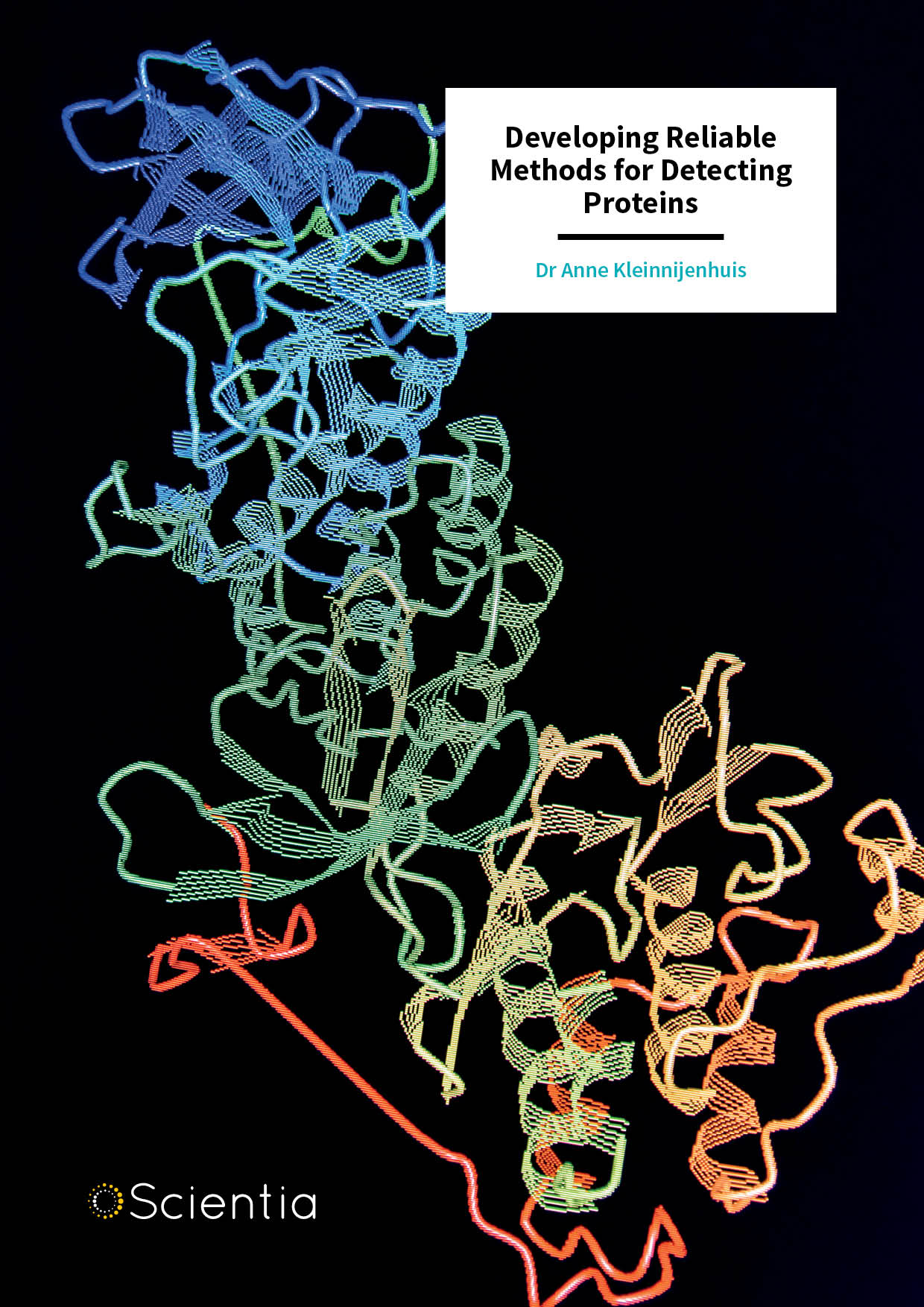
Dr Anne Kleinnijenhuis – Developing Reliable Methods for Detecting Proteins
Proteins are a fundamental building block of all living organisms. Knowing how to detect and quantify them and monitor their interactions is therefore vital in numerous different fields, from food science to pharmacology. Dr Anne Kleinnijenhuis and his colleagues at TRISKELION in The Netherlands specialise in the development of innovative analytical techniques for measuring proteins. Recently, they have been designing improved methods that have far-reaching applications in food preparation, pharmaceuticals and blood analysis.
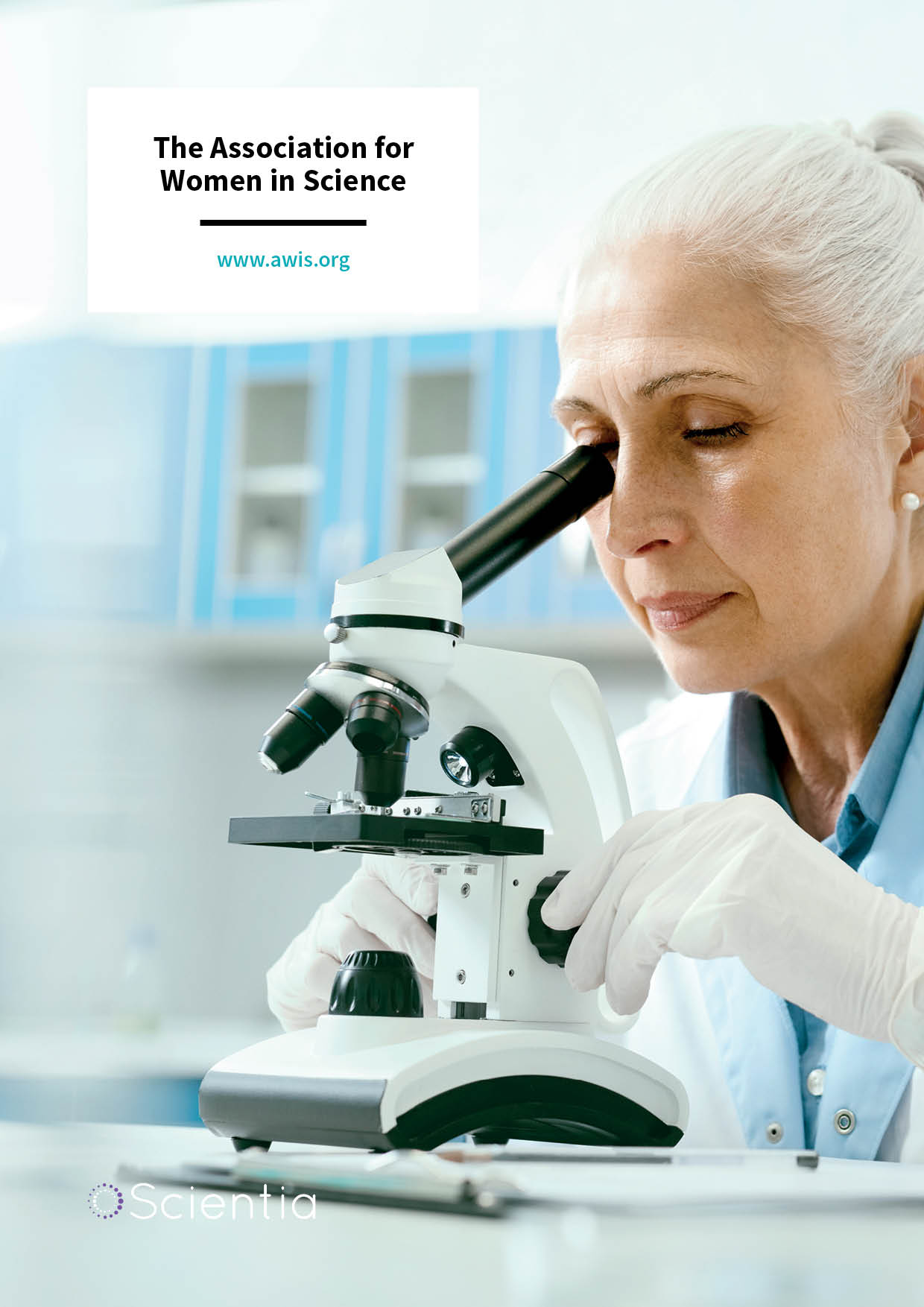
The Association for Women in Science
Founded almost 50 years ago, the Association for Women in Science (AWIS) is a global network that inspires bold leadership, research, and solutions that advance women in STEM, spark innovation, promote organisational success, and drive systemic change. In this exclusive interview, we speak with AWIS president and world-renowned biomedical innovator Dr Susan Windham-Bannister, who describes the barriers that women face in the STEM workplace, and the many ways in which AWIS supports women in science and works towards eliminating inequality through systemic change.
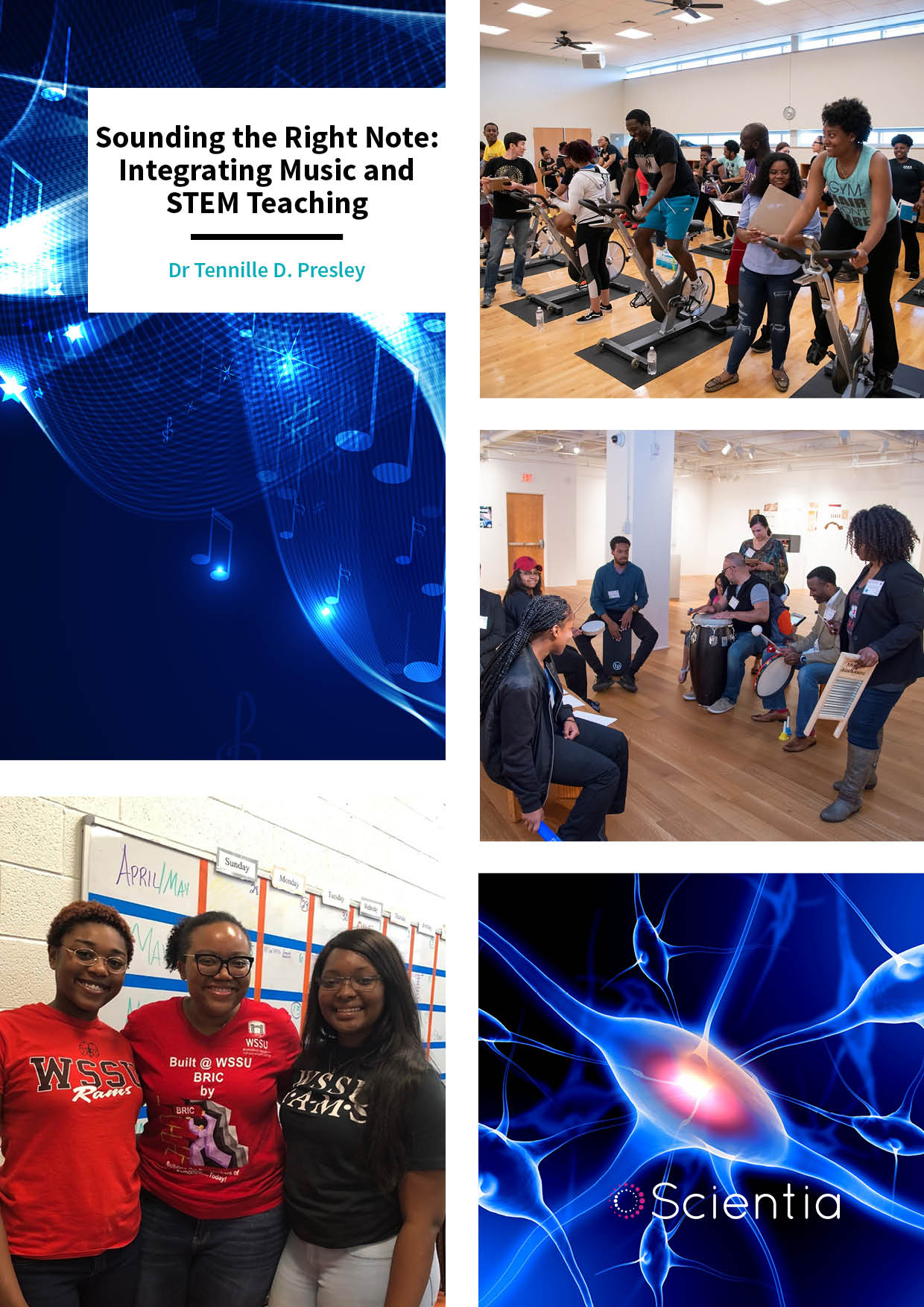
Dr Tennille D. Presley – Sounding the Right Note: Integrating Music and STEM Teaching
Young people can often be discouraged from engaging with STEM subjects because they seem to have little obvious connection to their everyday lives. At Winston-Salem State University in North Carolina, an innovative program led by Dr Tennille D. Presley, is seeking to engage students by combining physics and biology with an art that is central to many students’ social lives: music. Early results from the program suggest that it has been successful in making science exciting and showing students that physics is involved in everything.
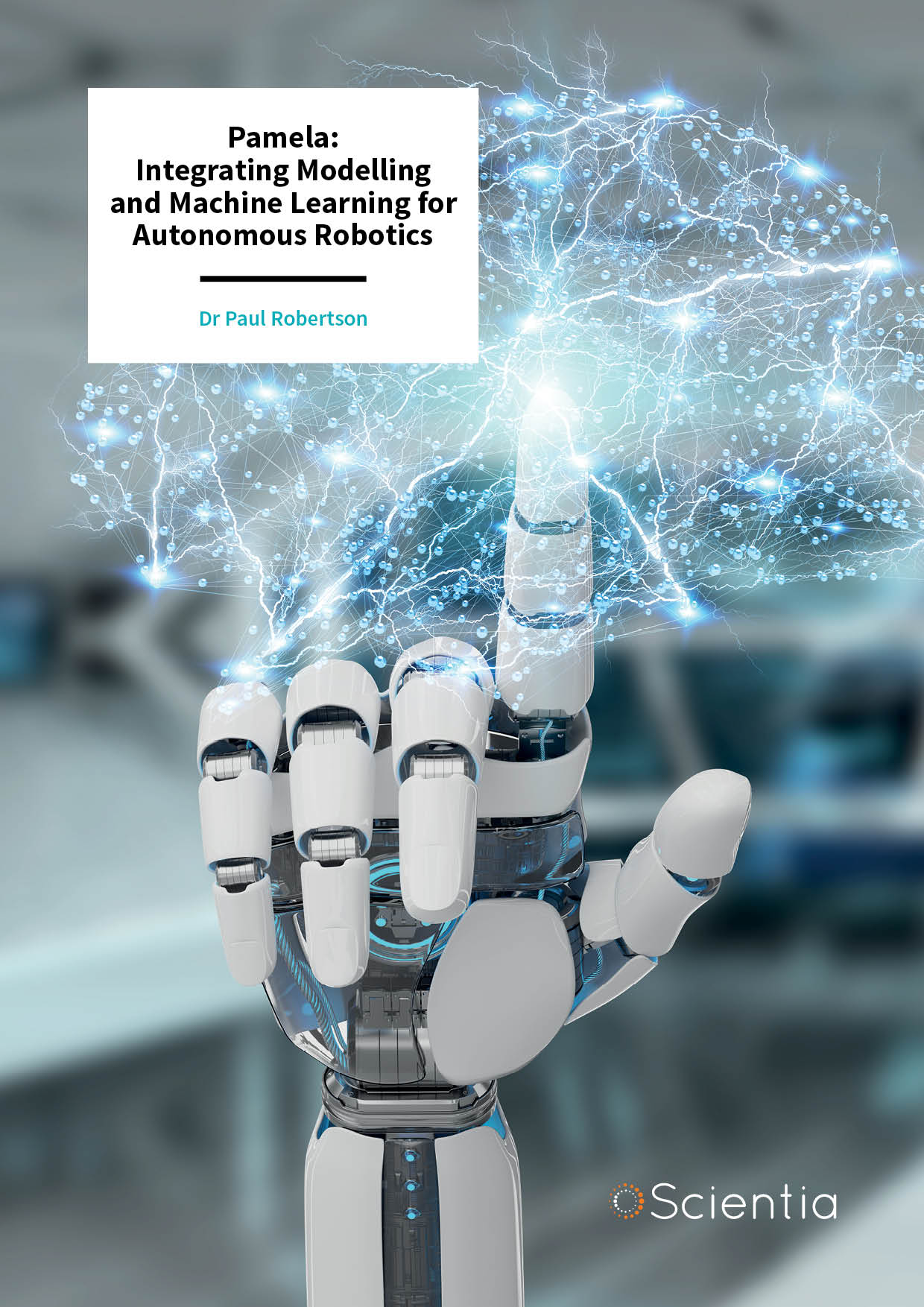
Dr Paul Robertson – Pamela: Integrating Modelling and Machine Learning for Autonomous Robotics
Machine learning is rapidly advancing the decision-making capabilities of today’s computers, yet without an in-depth knowledge of the programming it involves, many engineers and researchers find current technology inaccessible. Dr Paul Robertson at Dynamic Object Language Labs (DOLL) in Massachusetts believes that a solution to the issue may have been hidden in plain sight: machine learning itself. His ideas have now culminated in ‘Pamela’: a universal, open-source language capable of modelling real-world systems, and building plans to overcome challenges. The language and its related tools could soon open up significant opportunities in the emerging field of artificial intelligence.
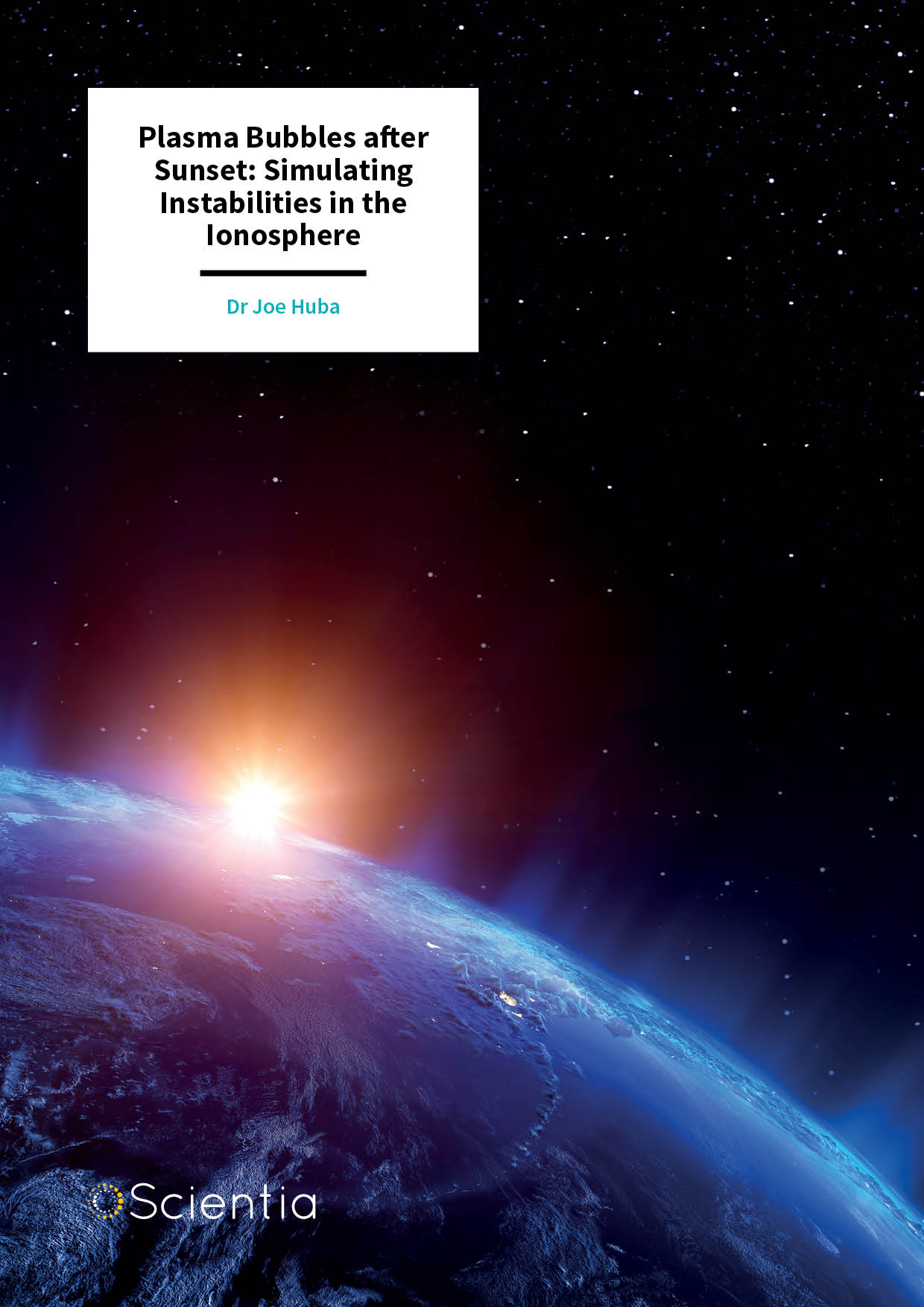
Dr Joe Huba – Plasma Bubbles after Sunset: Simulating Instabilities in the Ionosphere
Many kilometres above the Earth’s equatorial region, something strange occurs for several hours in the late evening: vast bubbles of plasma form in the upper atmosphere, which quickly rise upwards into space. Dr Joe Huba at Syntek Technologies in Virginia aims to gain a better understanding of this complex process, by recreating it through computer simulations. His team’s work is providing researchers with a more complete understanding of Earth’s atmosphere, and could also provide critical insights for satellite systems that communicate using radio waves, as well as global positioning systems.
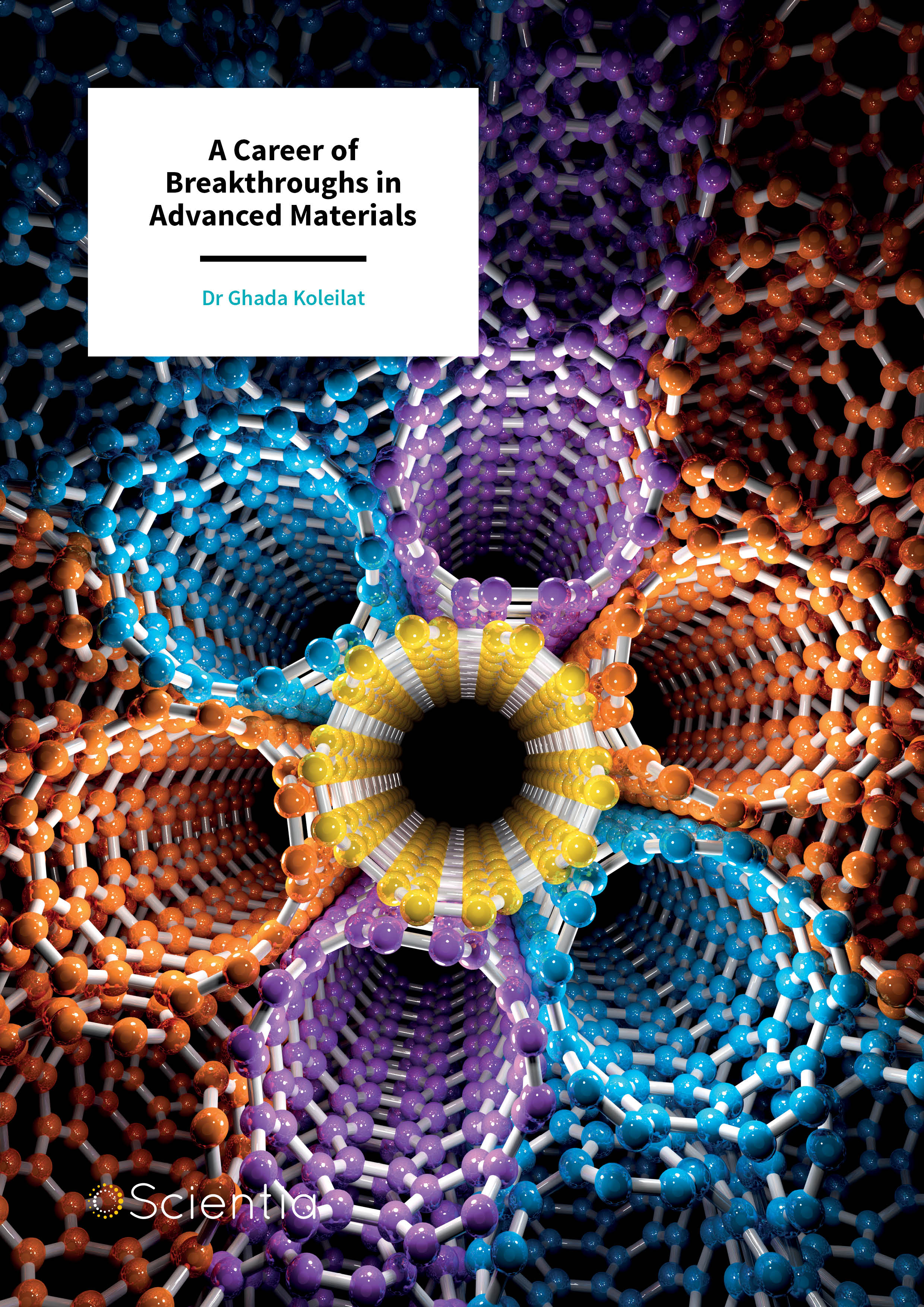
Dr Ghada Koleilat – A Career of Breakthroughs in Advanced Materials
Solution-processed nanomaterials, such as quantum dots, are some of the most exciting and widely studied materials in nanotechnology today, but reaching this point has been no easy task for scientists. From the very start of her career, Dr Ghada Koleilat, now an Assistant Professor at Dalhousie University in Canada, has been a renowned pioneer in this field – devising innovative new solutions to some of nanotechnology’s most pressing questions. Her numerous breakthroughs have brought about some profound new ways of thinking in one of the most rapidly developing energy generation technologies in the modern world: solar cells.
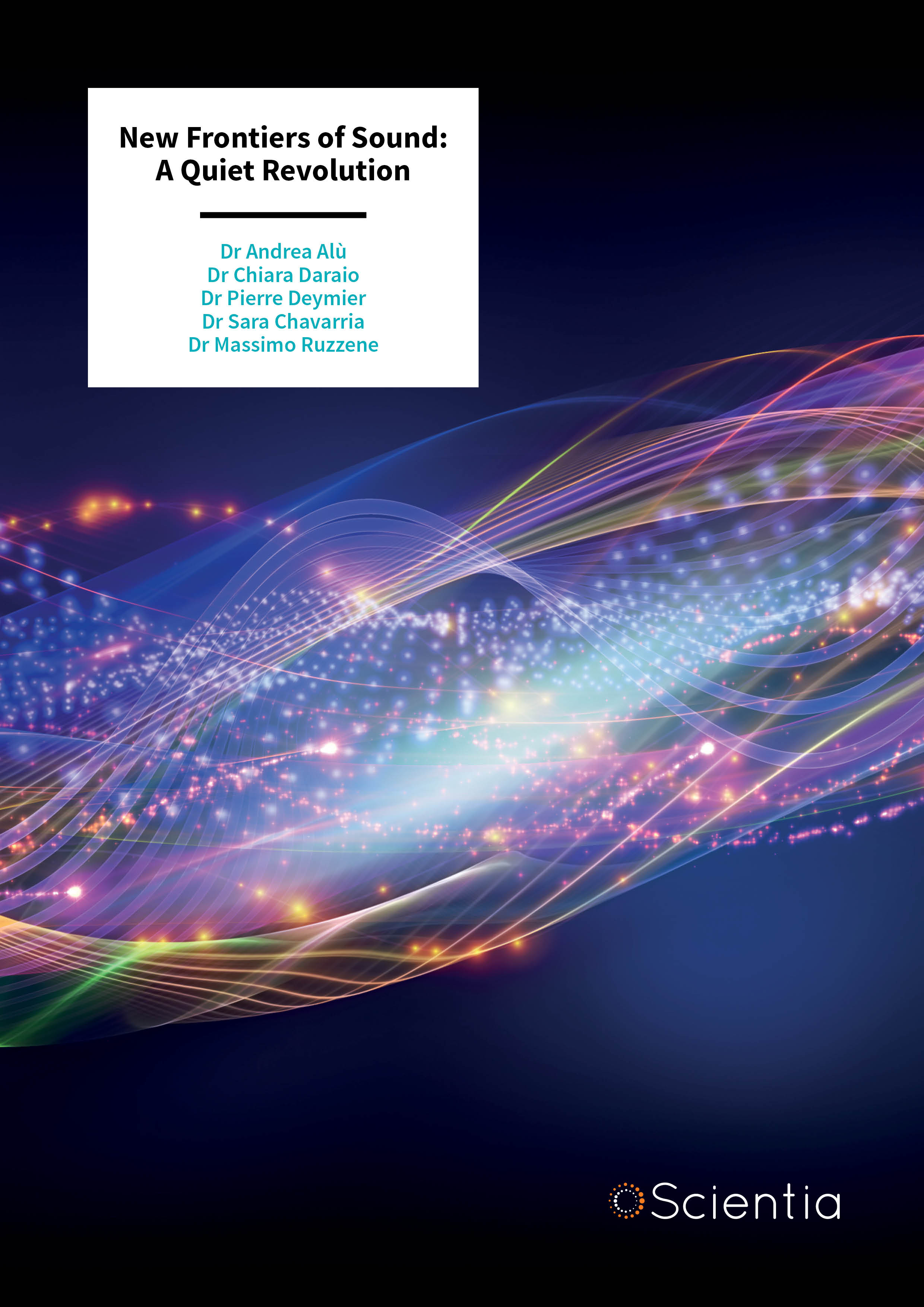
New Frontiers of Sound: A Quiet Revolution
Sound waves are all around us. They govern vibrations from the sweetest of sound to the most destructive earthquakes. Now, a team of researchers across the US has embarked on an ambitious project, named ‘New Frontiers of Sound’, which will pave the way for advanced technologies that operate using sound waves. Combining the expertise of more than 30 leading scientists and engineers from across the field of acoustics, the project promises to discover new properties of sound, while offering exciting opportunities for researchers from a diverse range of backgrounds.
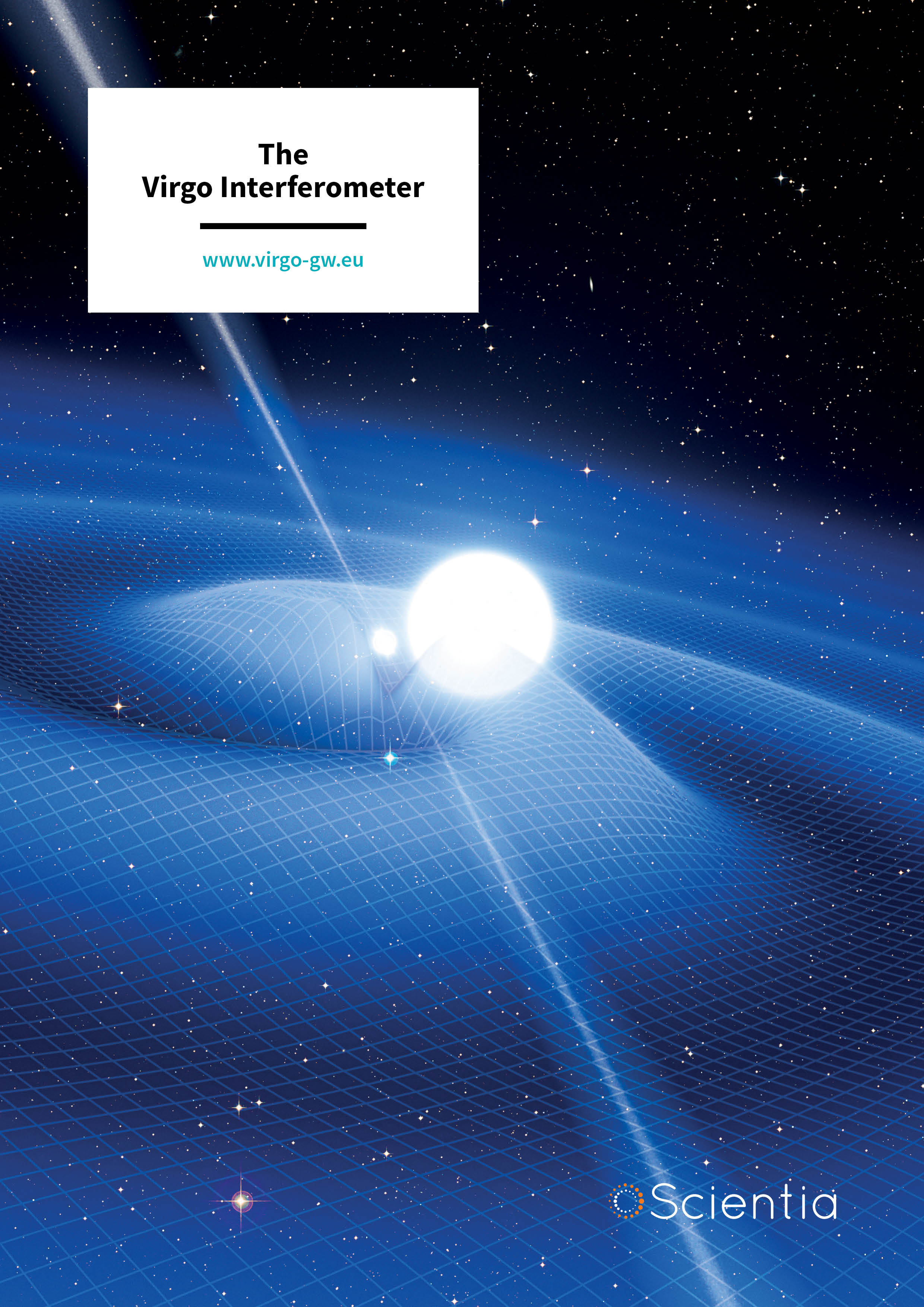
The Virgo Interferometer
Located near the city of Pisa in Italy, the Virgo interferometer is the most sensitive gravitational wave detector in Europe. The latest version of the interferometer – the Advanced Virgo – was built in 2012, and has been operational since 2017. Virgo is part of a scientific collaboration of more than 100 institutes from 10 European countries. By detecting and analysing gravitational wave signals, which arise from collisions of black holes or neutron stars millions of lightyears away, Virgo’s goal is to advance our understanding of fundamental physics, astronomy and cosmology. In this exclusive interview, we speak with the spokesperson of the Virgo Collaboration, Dr Jo van den Brand, who discusses Virgo’s achievements, plans for the future, and the fascinating field of gravitational wave astronomy.
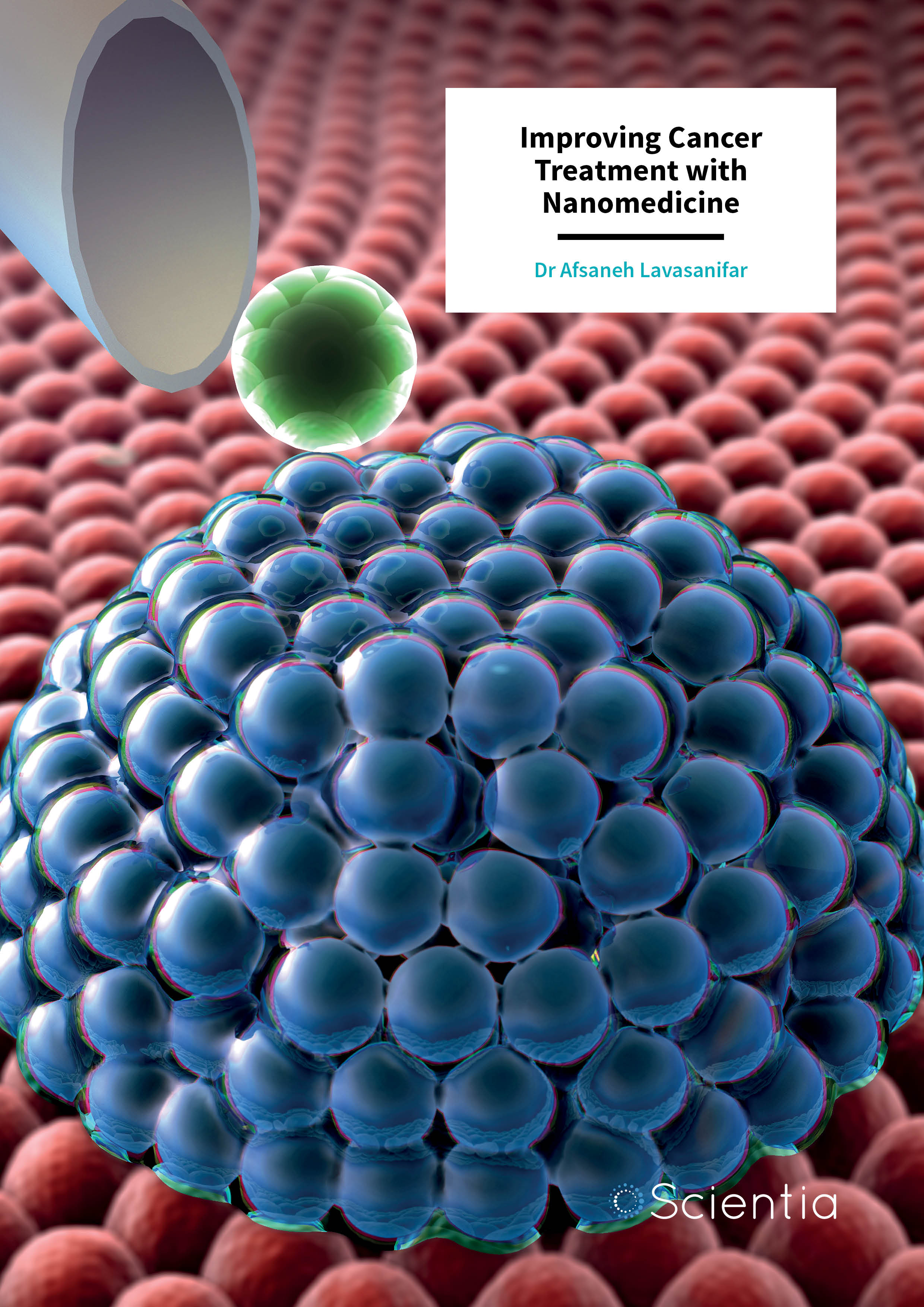
Dr Afsaneh Lavasanifar – Improving Cancer Treatment with Nanomedicine
Cancer is one of the most common causes of mortality worldwide and diagnosis rates are continually increasing. An estimated one in three women and one in two men will be diagnosed with a form of cancer at some point throughout our lives. For many cancer types, chemotherapy and radiotherapy are the chosen treatment methods, but their success rates are surprisingly limited, and both can cause serious side-effects. Dr Afsaneh Lavasanifar and her research group at the University of Alberta have set out to develop drug-delivery systems to improve the effectiveness of cancer treatment and reduce side-effects. Their research involves the targeted delivery of drug-loaded nanoparticles directly to tumour tissues.
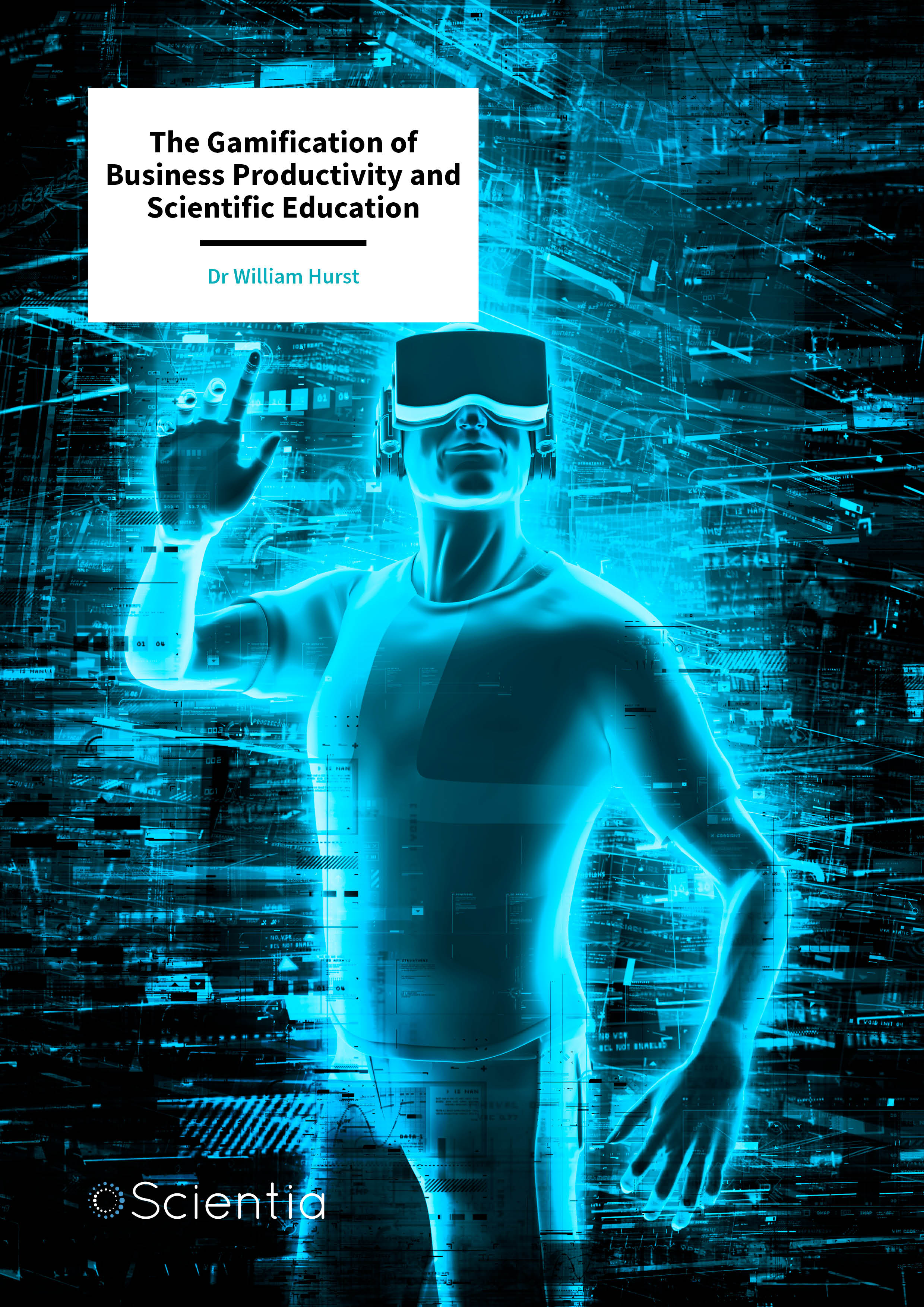
Dr William Hurst – The Gamification of Business Productivity and Scientific Education
It is undoubtable that virtual reality and augmented reality will soon be an integral part of our daily lives at home, in education, and at work. Here, we look at some of the exciting projects that Dr William Hurst of the Department of Computer Science at Liverpool John Moores University is driving forward and read how he is embracing virtual reality and augmented reality to enhance teaching and education, providing insight into how such technology may be utilised in the not too distant future.

Dr Stephanie Manz and Dr Thorsten Schumm – iWave: A New Scheme for Matter Wave Interferometry
By precisely measuring path differences in light waves as they are split apart and recombined, interferometers have allowed physicists to make some of their most profound discoveries: from disproving the ether theory in the late 19th century, to the first detections of gravitational waves in 2016. Now, Dr Stephanie Manz and Dr Thorsten Schumm at TU Vienna aim to push the capabilities of interferometers further with iWave: an instrument that exploits particle-wave-duality, one of the fundamental principles of quantum mechanics. By replacing light waves with matter waves, the duo and their team believe that their new interferometer could bring about exciting experimental opportunities.
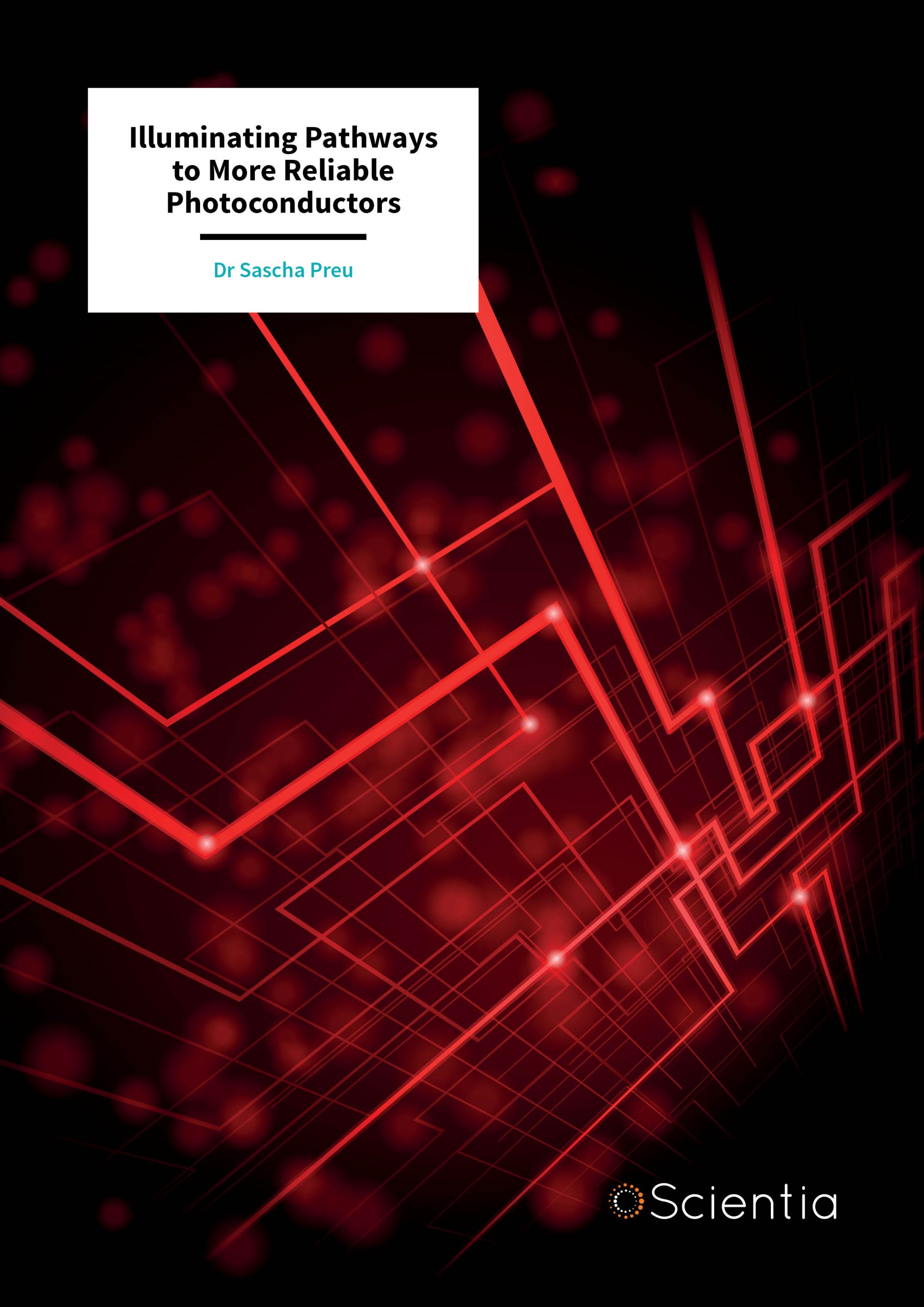
Dr Sascha Preu – Illuminating Pathways to More Reliable Photoconductors
Using laser light to produce and receive high-frequency radiation, photoconductors have become a promising aspect of materials science in recent years. So far, however, their production has faced a number of barriers. Through his research, Dr Sascha Preu at TU Darmstadt in Germany has tackled many of these challenges through the use of an alloy based on indium gallium arsenide enhanced with erbium arsenide particulates, whose electrons display some intriguing properties. His team’s work has now greatly improved the prospects for photoconductors in applications including spectroscopy, imaging and non-destructive testing.
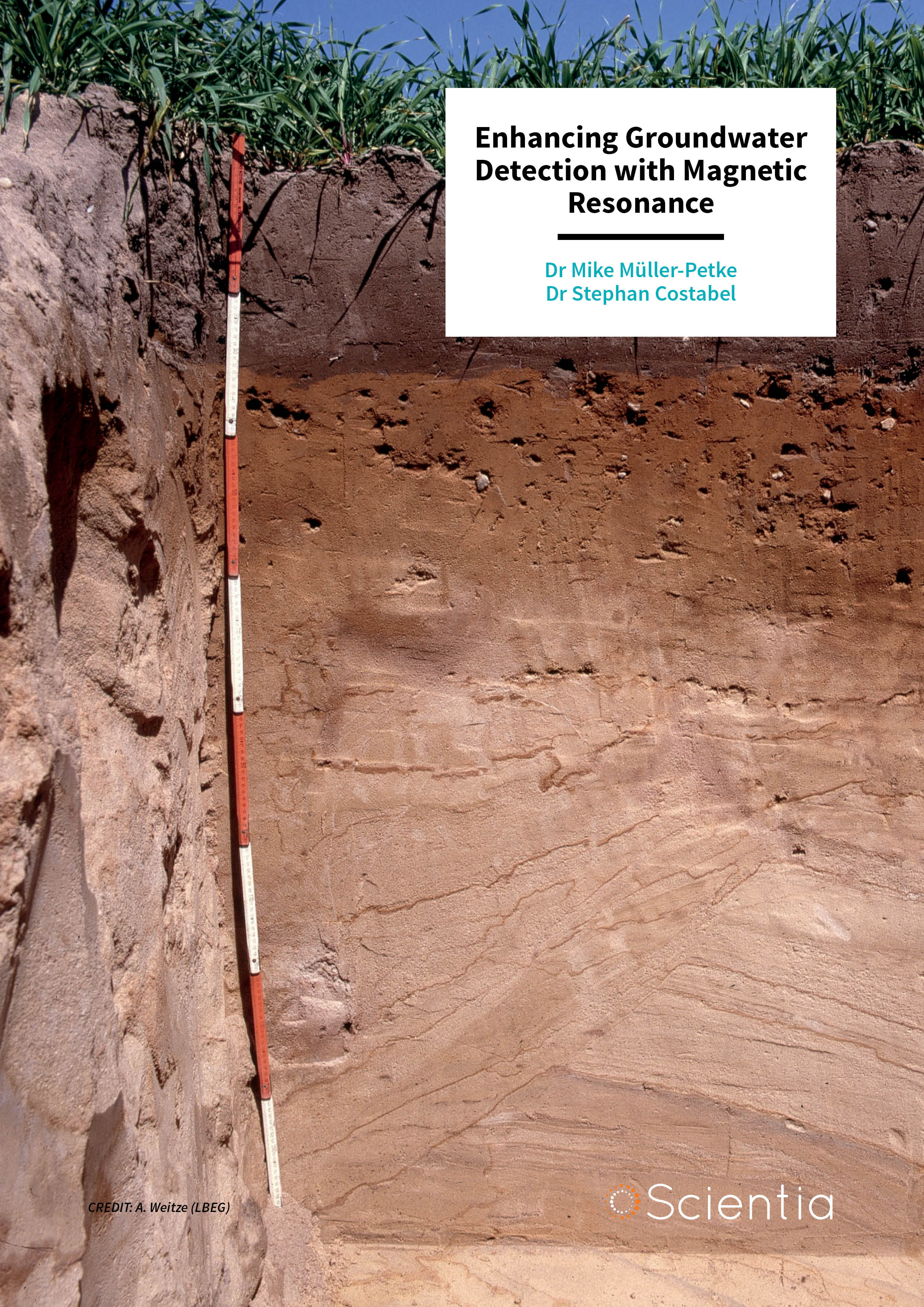
Dr Mike Müller-Petke | Dr Stephan Costabel – Enhancing Groundwater Detection with Magnetic Resonance
Detecting underground water is of considerable importance, particularly for applications such as groundwater exploration, predicting the movement of contaminants in soils or building underground tunnels and mining facilities. Underground water is a limited resource that is essential for human life, but it can pose a safety threat in cases where the structural integrity of underground structures, such as tunnels, depends on solid earth being present throughout. Dr Mike Müller-Petke of the Leibniz Institute for Applied Geophysics, and Dr Stephan Costabel of the Federal Institute for Geosciences and Natural Resources, are investigating methods to greatly improve the detection of underground water, using a technology known as nuclear magnetic resonance.
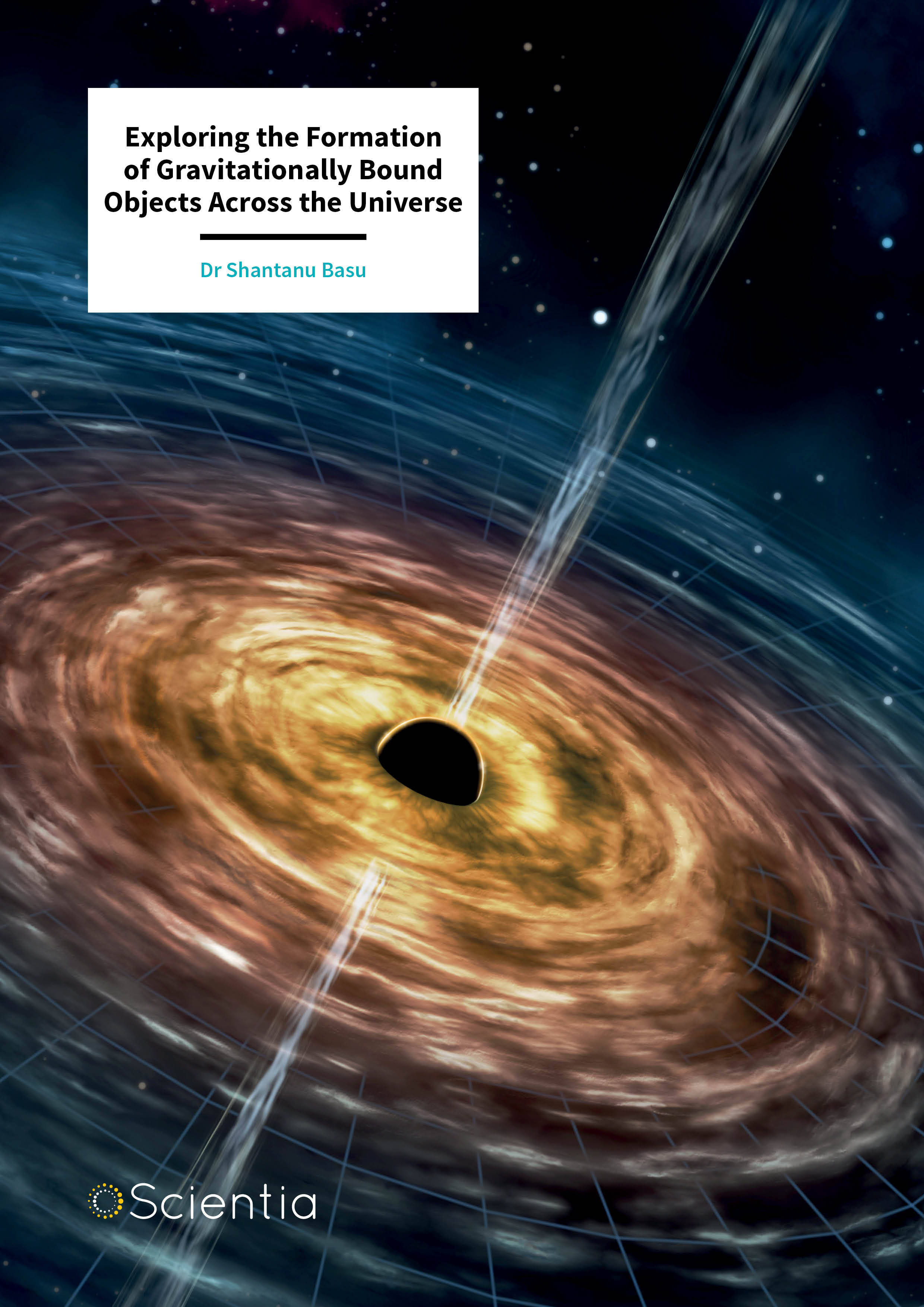
Dr Shantanu Basu – Exploring the Formation of Gravitationally Bound Objects Across the Universe
From brown dwarfs to supermassive black holes, many of the strangest objects known to astronomers are formed as material collapses in on itself under its own gravity. Through a combination of physical theories and the latest computer simulations, Dr Shantanu Basu at the University of Western Ontario in Canada is offering intriguing new insights into how these structures originate. His theories could help astronomers to understand the very earliest stages of bodies ranging from those too small to become stars, to the vast, all-devouring heavyweights that reside in the centres of galaxies.
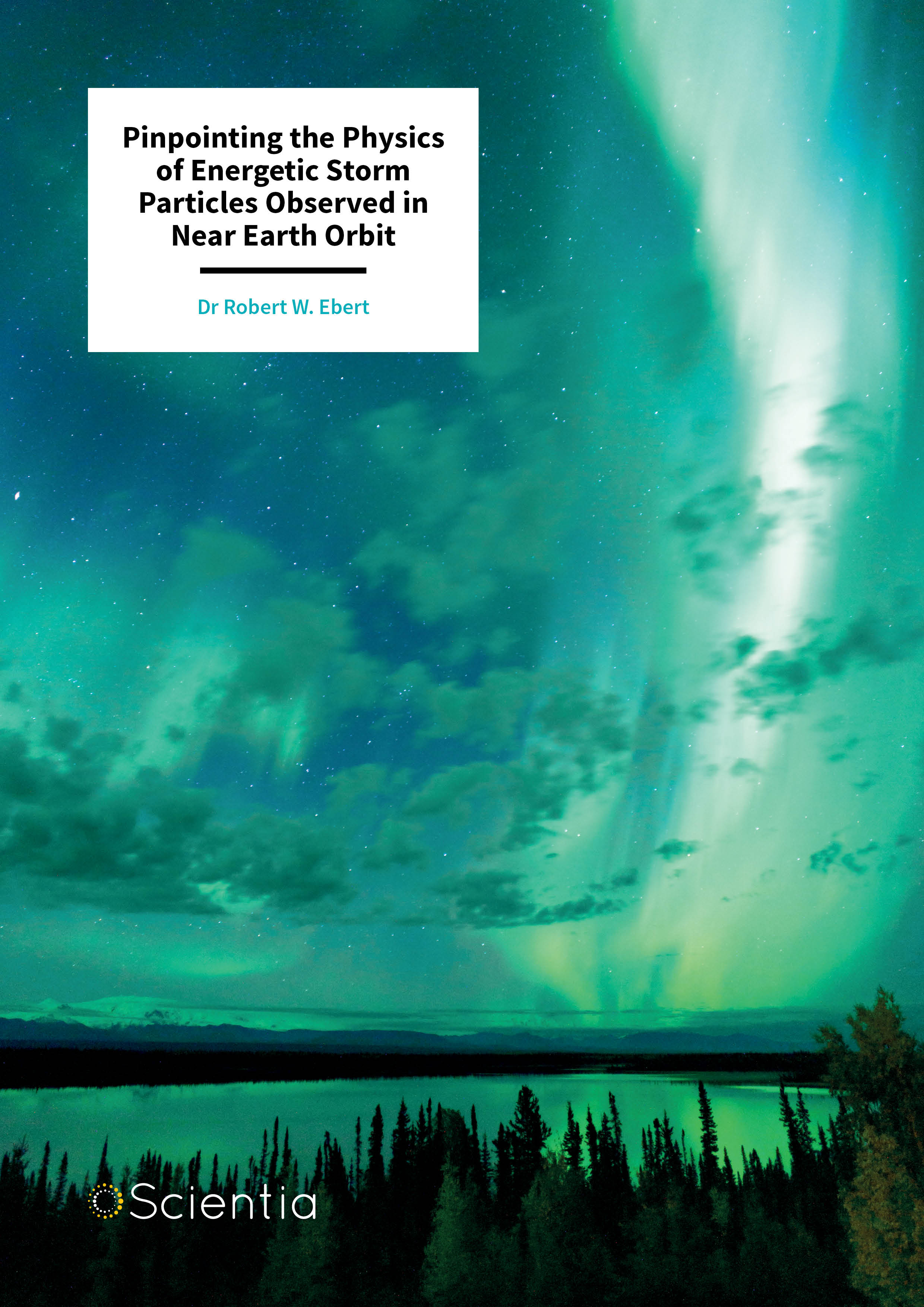
Dr Robert Ebert – Pinpointing the Physics of Energetic Storm Particles Observed in Near Earth Orbit
When the Sun’s surrounding corona erupts, colossal streams of charged particles are ejected out into interplanetary space, and go on to interact with the material that resides there. Dr Robert Ebert at the Southwest Research Institute and his colleagues combine observations from spacecraft with the latest computer models to uncover the mysteries of these interactions. Their research focuses on advancing astronomers’ understanding of the highly energetic processes that play out in the void that comprises over 99% of the Solar System’s volume.
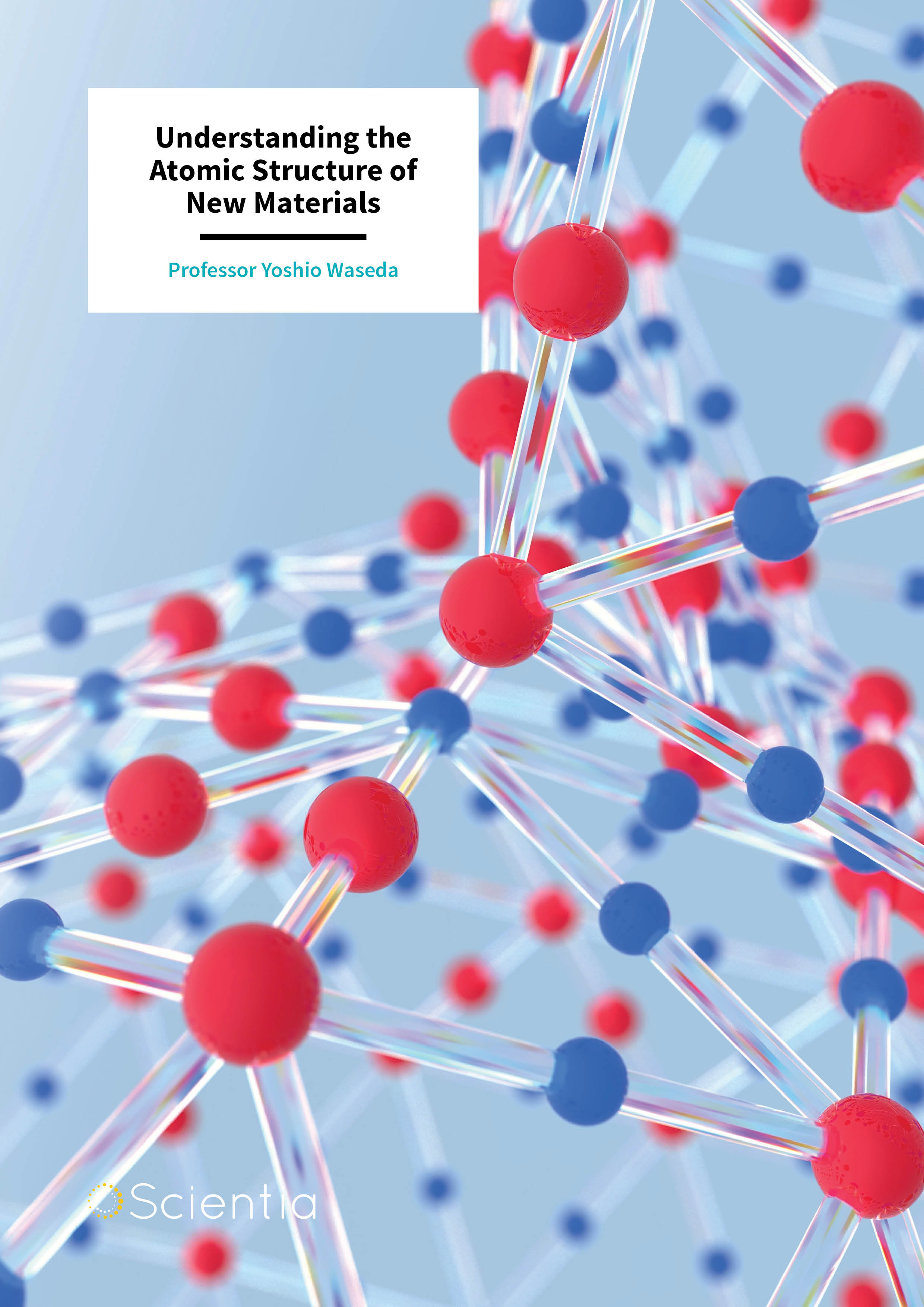
Professor Yoshio Waseda – Understanding the Atomic Structure of New Materials
Materials science – the discovery and characterisation of new materials – drives forward the creation of new technology. In particular, the development of thin films of materials is vital to the electronics industry, as they are used in various device components such as displays and sensors. The properties of these materials are defined by their atomic structure, and until recently it was a major challenge for scientists to accurately characterise this. Towards this aim, Professor Yoshio Waseda and his team at the Institute of Multidisciplinary Research for Advanced Materials have developed a novel method for characterising the atomic structure of thin films.
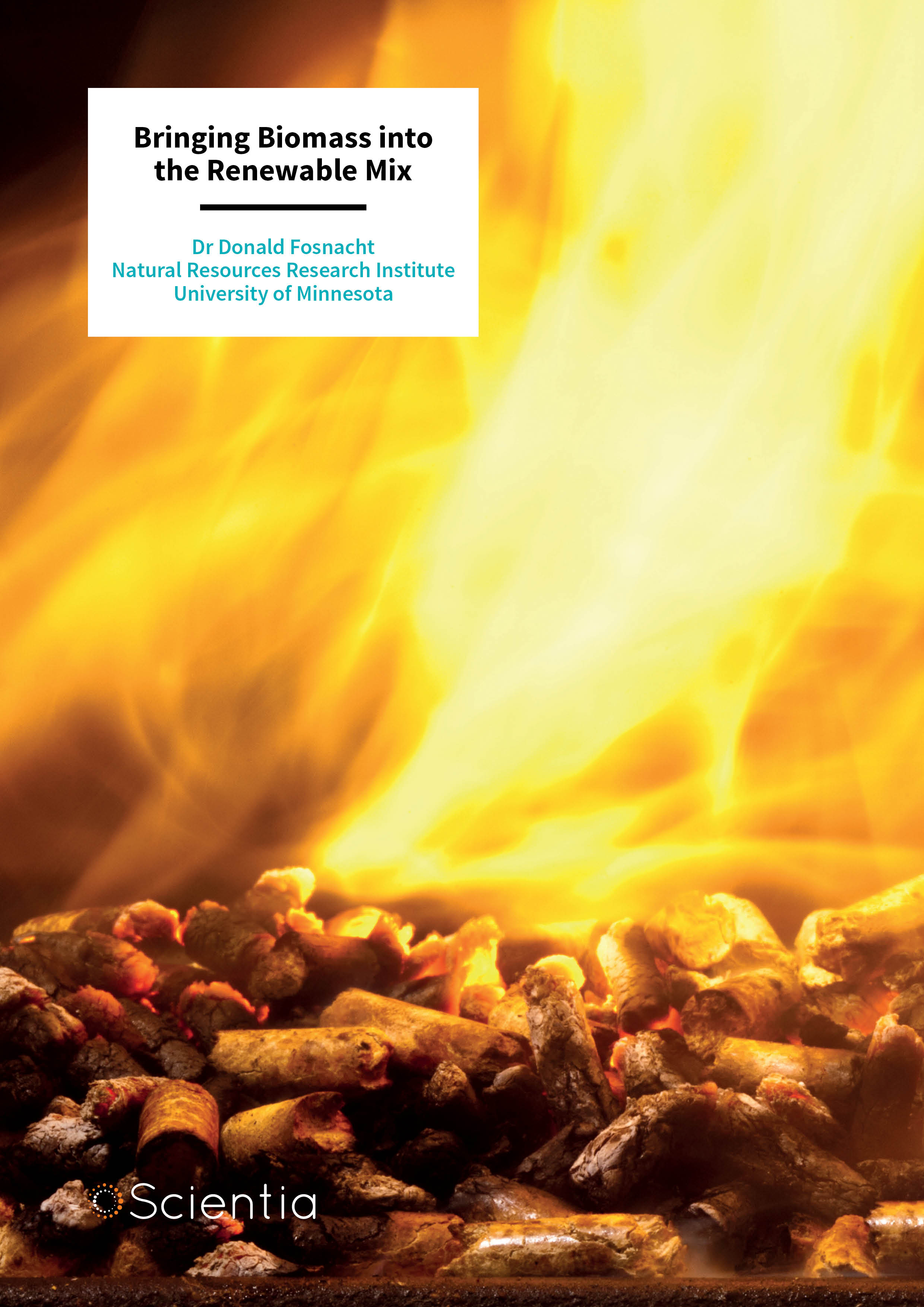
Dr Donald Fosnacht – Bringing Biomass into the Renewable Mix
A completely decarbonised society may now be firmly on the agendas of many businesses and world leaders, but the paths that need to be taken to realise this goal still remain far from clear. Dr Donald Fosnacht at the University of Minnesota believes that biomass is currently underappreciated as a way to realise a carbon-neutral society. The techniques his team has developed have already been demonstrated on industrial scales in some cases, and even promise to improve the lives of some communities in the developing world. With further research, Dr Fosnacht hopes that biomass will transform the ways in which our industries and power stations function.
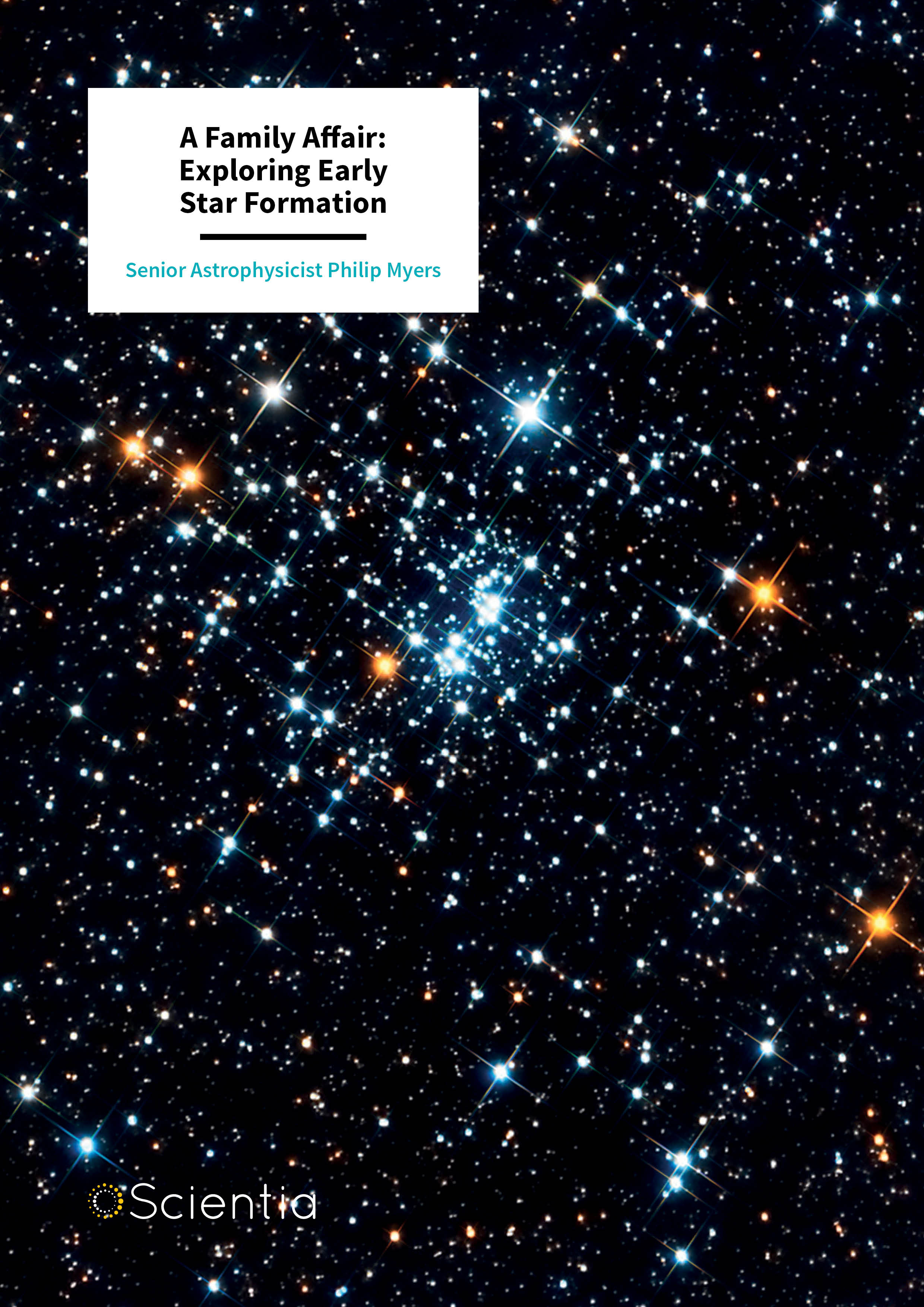
Dr Philip Myers – A Family Affair: Exploring Early Star Formation
We know much about fully-formed stars, such as our Sun, but the very earliest processes of star formation are still a mysterious area of astrophysical research. The original idea that a single new-born star (or ‘protostar’) forms within a single molecular cloud core has been dispelled by the discovery of new-born pairs, triplets, or even larger groups of protostars in cores. Dr Philip Myers of the Center for Astrophysics | Harvard and Smithsonian has been observing and interpreting protostar formation for many years using a range of sophisticated telescopes and theoretical models.
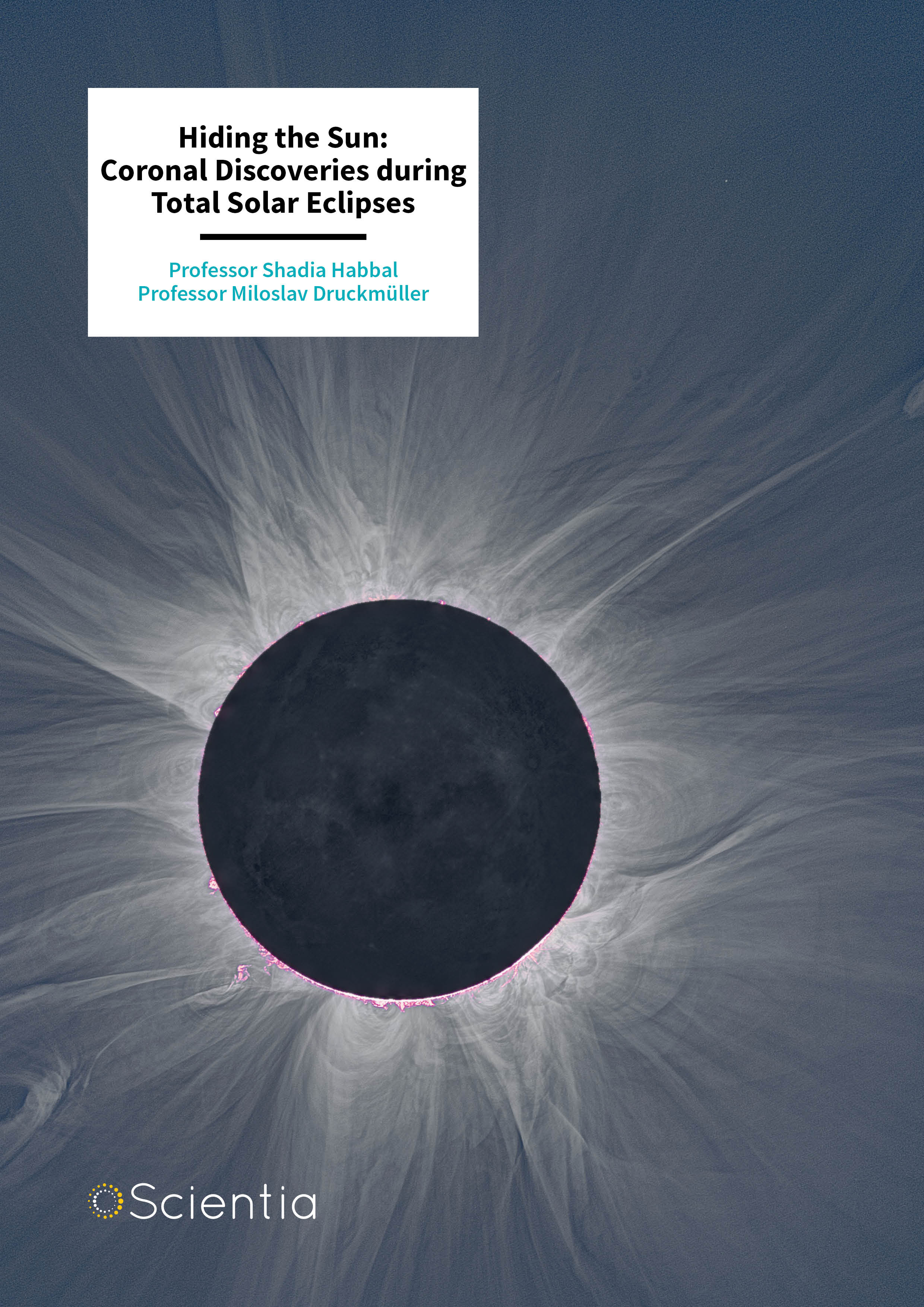
Dr Shadia Habbal | Dr Miloslav Druckmüller – Hiding the Sun: Coronal Discoveries during Total Solar Eclipses
Extending far beyond its surface, the Sun’s corona hosts a variety of intricate structures and behaviours. Yet because the Sun is so much brighter than its surrounding environment, these properties can be incredibly hard to spot under typical observing conditions. In their research, Dr Shadia Habbal at the University of Hawaii and Dr Miloslav Druckmüller at Brno University make use of one of the most well-known astronomical phenomena to solve this issue: total solar eclipses.
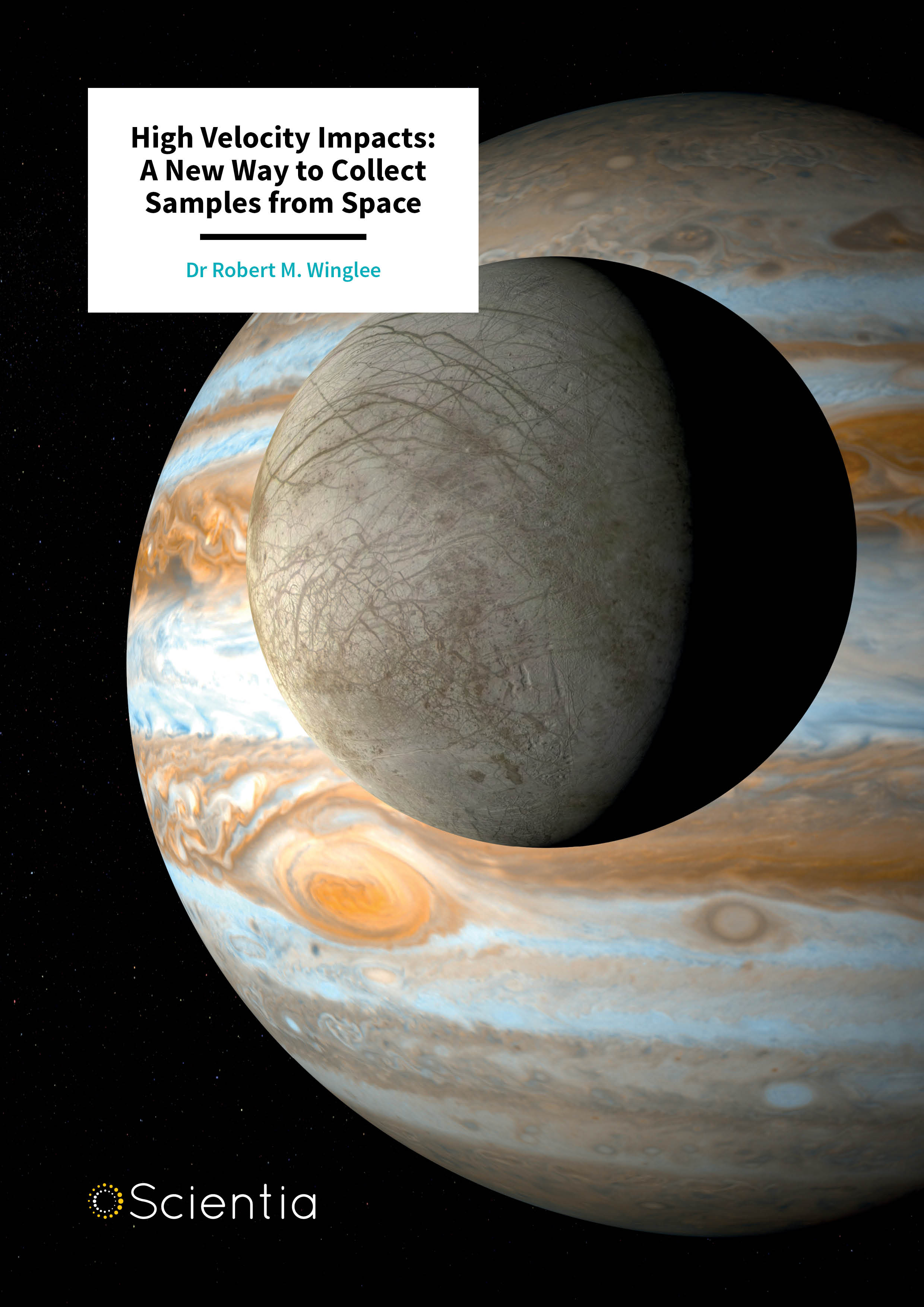
Dr Robert Winglee – High Velocity Impacts: A New Way to Collect Samples from Space
For now, planetary scientists can only dream of getting their hands-on rock samples taken from the surfaces of distant worlds. Achieving these extractions presents a significant set of challenges, but Dr Robert Winglee and his colleagues at the University of Washington have made significant strides towards developing feasible techniques for retrieving samples. Through detailed computer design and field experiments, they have now clearly demonstrated that obtaining core samples created during high-velocity impacts with planetary surfaces could one day be a reality.
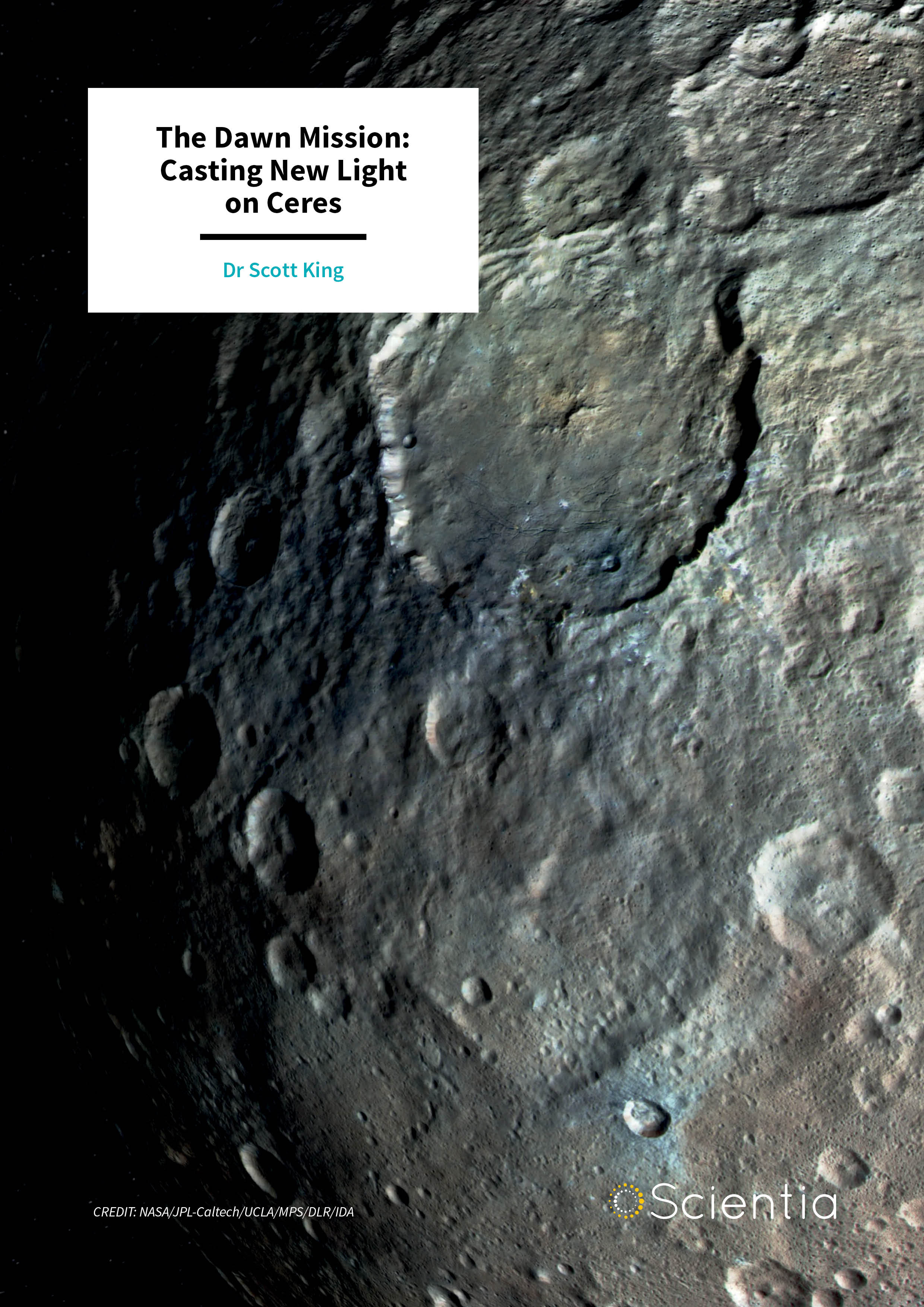
Dr Scott King – The Dawn Mission: Casting New Light on Ceres
The dwarf planet Ceres is just a fraction of the size of Pluto, yet it holds valuable information about the evolution of our solar system. As a member of the Dawn mission team, Dr Scott King at Virginia Tech has been using data gathered by NASA’s Dawn spacecraft to explore the interior structure of Ceres.
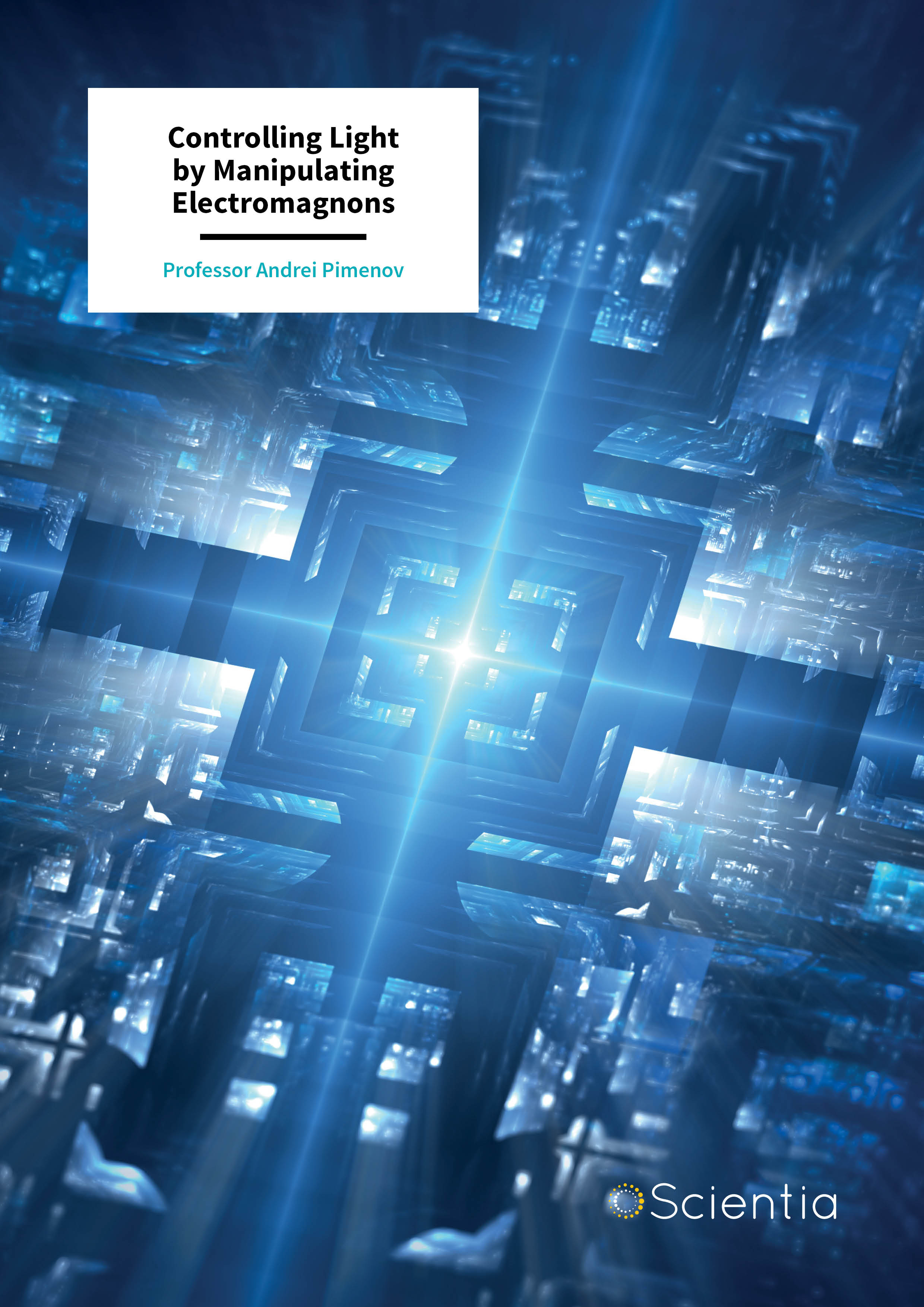
Professor Andrei Pimenov – Controlling Light by Manipulating Electromagnons
Worldwide obesity has almost tripled over the past 50 years. This alarming statistic calls for new initiatives aimed at promoting better weight management, in order to prevent and treat obesity and associated diseases. Dr Michelle Schelske Santos, professor and former director of the Nutrition and Dietetics Program at the University of Puerto Rico, has been working on an academic initiative designed to enhance nutrition and dietetics education in Puerto Rico, forming professionals who are better equipped to deal with the obesity epidemic.
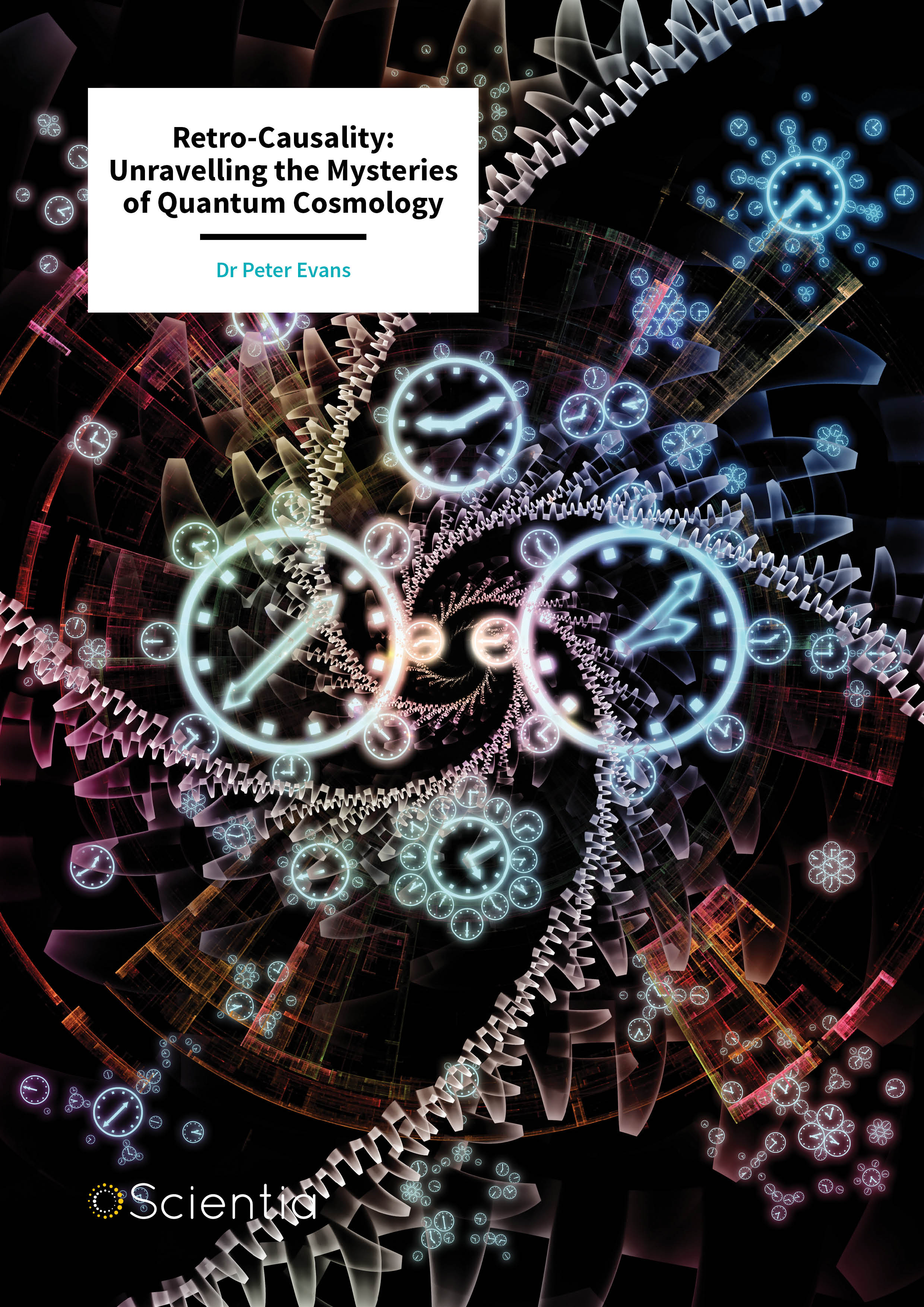
Dr Peter Evans – Retro-Causality: Unravelling the Mysteries of Quantum Cosmology
Despite many years of research aiming to unite quantum mechanics with cosmological theories, researchers in fields across physics and philosophy remain in disagreement about a solution. Now, Dr Peter Evans at the University of Queensland sheds new light on the debate. He argues that on quantum scales, the idea of cause and effect does not need to follow the one-way passage of time, as we understand it. If correct, his theories could dispel some of the most puzzling mysteries of quantum theory – a significant step forward in understanding the true nature of the universe.
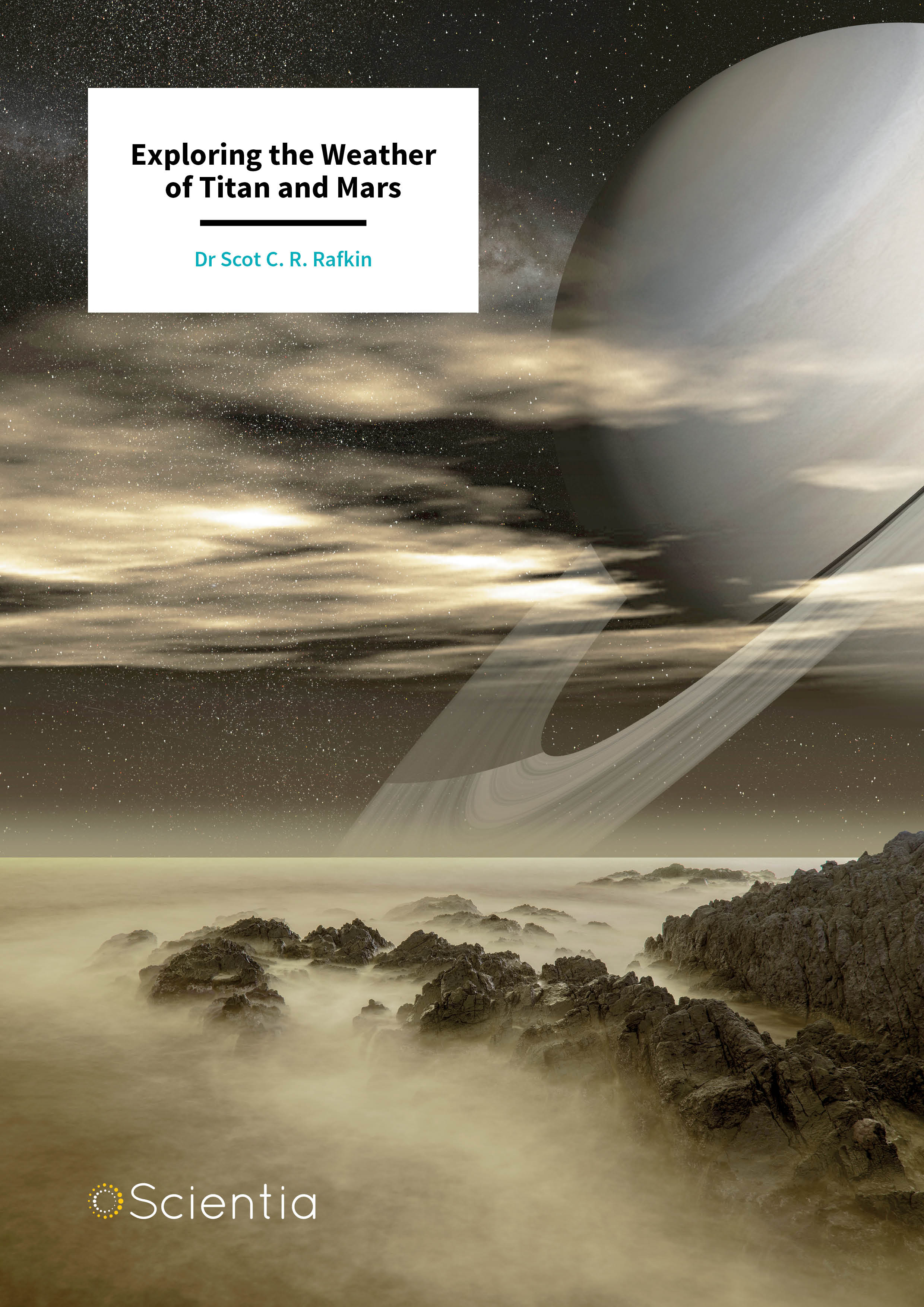
Dr Scot Rafkin – Exploring the Weather of Titan and Mars
The moons and rocky planets of our Solar System may be remote, unfamiliar worlds, but even on the very strangest of them, the weather on those with atmospheres is not wholly unlike our own. Dr Scot Rafkin, a planetary scientist at the Southwest Research Institute, believes that the small-scale patterns their atmospheres exhibit are directly comparable with Earth’s weather. Based on the results of computer models simulating the atmospheres of Titan and Mars, he argues that these local and regional behaviours are significantly underappreciated in planetary science.
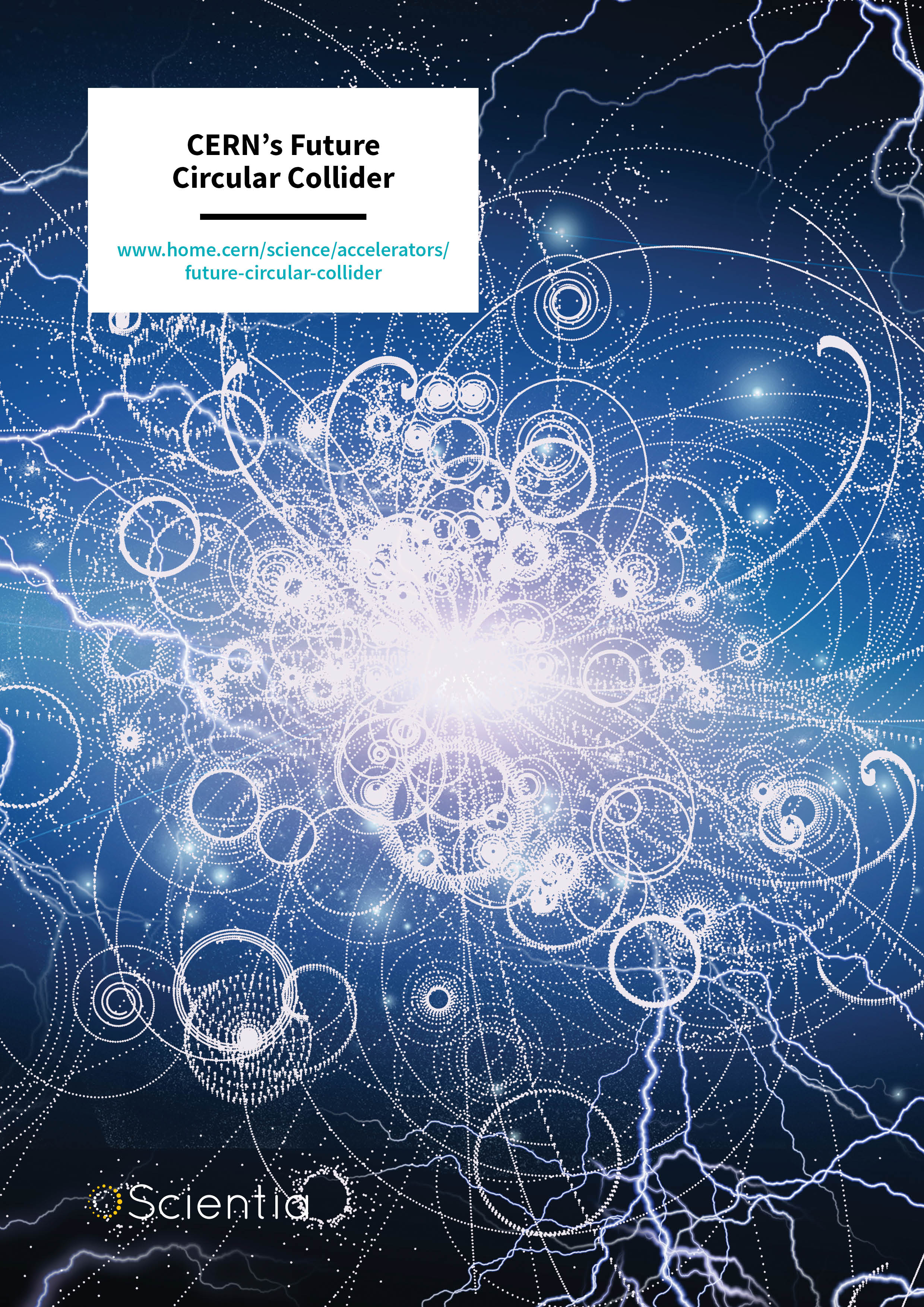
CERN’s Future Circular Collider
Geneva-based particle physics research centre, CERN, plans to build a £20bn particle accelerator that is almost four times longer than today’s largest and most powerful accelerator, the Large Hadron Collider (LHC). At 100 kilometres long, this ‘Future Circular Collider’ (FCC) will be able to accelerate particles to unprecedented speeds, leading to collisions that are 10 times more energetic than those achieved on the LHC. Measurements taken from such collisions will help scientists in solving several longstanding mysteries in physics, such as the nature of dark matter. In this exclusive interview, we speak with CERN physicist Dr Matthew McCullough, who tells us about CERN’s plans for the FCC, its remarkable capabilities, and the new physics that he is most excited to explore.
